Urban garden ideas empower city dwellers to maximize limited spaces—balconies, rooftops, patios, windowsills, and even indoor corners—to grow food, flowers, and greenery, improving aesthetics, air quality, and well-being. Techniques such as container and raised-bed gardening, vertical and living walls, hydroponics, aquaponics, and herb spirals adapt gardening to confined areas, while mobile planters, hanging gardens, and pocket gardens make use of overlooked nooks. From community and guerrilla gardening initiatives to microgreens and succulent displays, these diverse approaches cater to various styles, budgets, and locations. Whether you seek edible yields or ornamental flair, urban gardening unlocks creative solutions for green living in concrete jungles.
1. Container Gardening
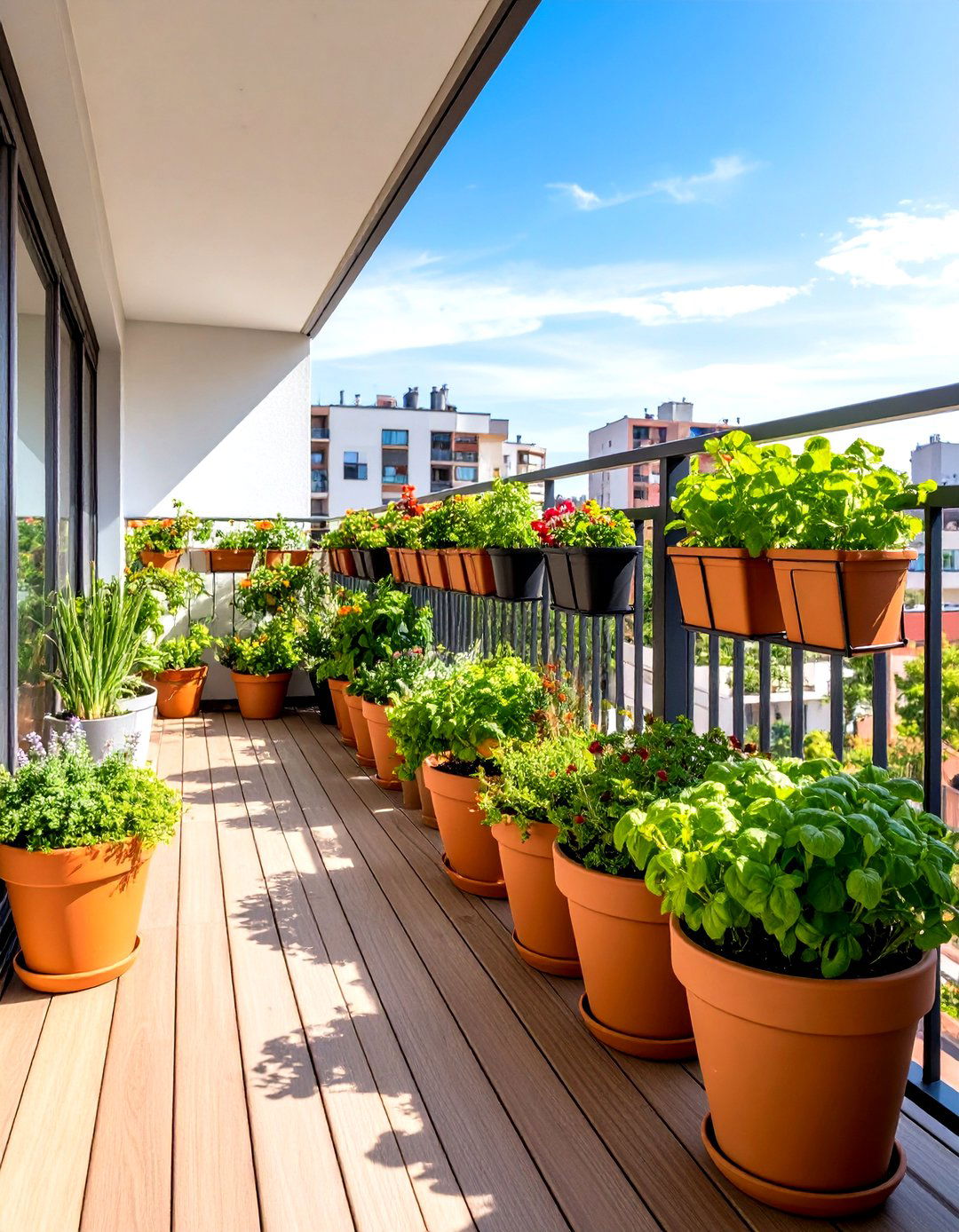
Container gardening is one of the most accessible and versatile approaches for urban dwellers to introduce greenery into tight spaces; by using pots, planters, buckets, and even repurposed items, gardeners can cultivate flowers, herbs, vegetables, and ornamental plants on balconies, patios, rooftops, and windowsills. Container gardens allow for precise soil management, optimal drainage, and easy mobility, enabling growers to chase sunlight or shelter plants from extreme weather with minimal effort. They suit renters and homeowners alike, requiring no permanent modifications. Additionally, containers reduce weed pressure and simplify pest control by isolating each planting unit. With the right soil mix and consistent maintenance, container gardens can yield abundant harvests and vibrant displays throughout the growing season.
2. Vertical Gardening
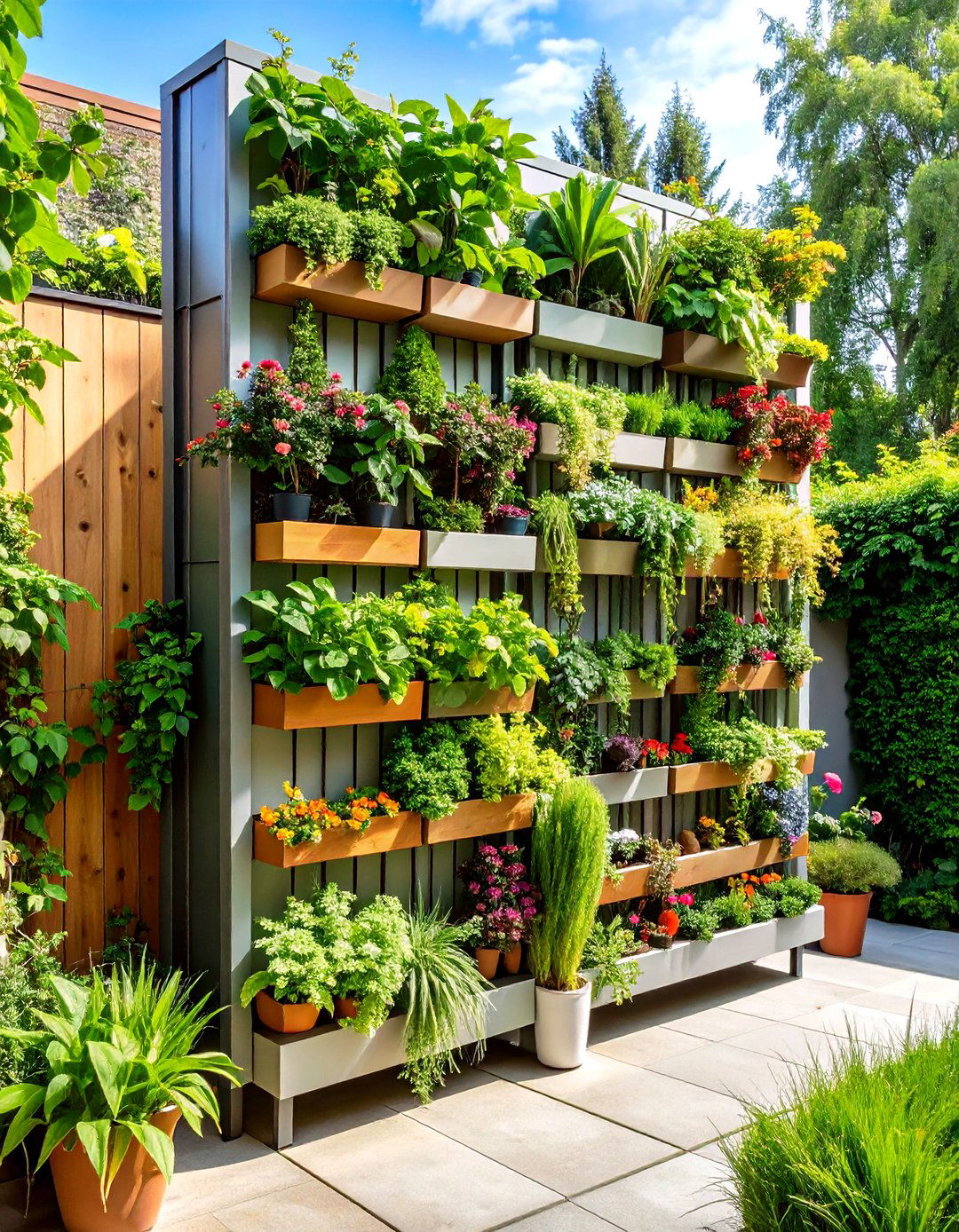
Vertical gardening leverages walls, fences, trellises, and towers to expand planting area upwards, making it ideal for balconies, patios, and courtyards where ground space is scarce. Techniques range from simple stacked planters and hanging baskets to sophisticated tower gardens and living walls that incorporate irrigation systems and modular panels. Vertical setups enhance air circulation around plants, reduce soil-borne diseases, and create striking green features that double as privacy screens or focal points. They accommodate vining crops like beans and cucumbers, trailing ornamentals such as ferns and petunias, or even microgreens in tiered racks. Vertical gardening maximizes yield per square foot while adding texture and depth to urban landscapes.
3. Raised Bed Gardening
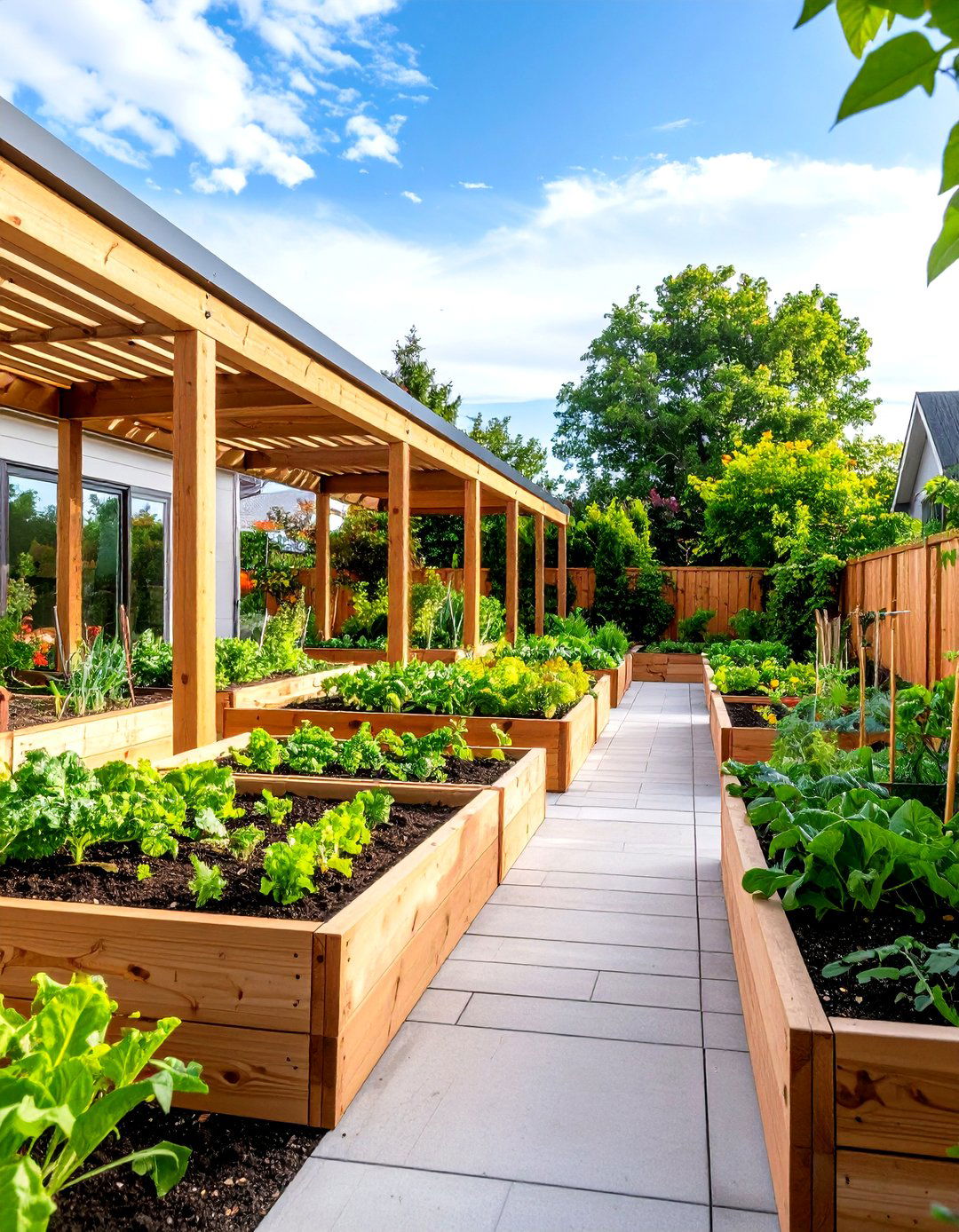
Raised beds elevate soil above ground level within framed structures made of wood, brick, metal, or recycled materials, offering improved drainage, soil control, and ergonomic benefits—especially helpful for gardeners with limited mobility. They can be built to any height and size, adapted to patios, rooftops, or small yards. The Spruce’s guide to raised-bed designs showcases 32 creative layout ideas, from simple wooden frames to elaborate planter boxes with seating or wheels for mobility. Raised beds warm faster in spring, extend the growing season, and reduce soil compaction by concentrating foot traffic on designated paths. They are ideal for vegetables, herbs, and flowers, offering high productivity in compact footprints.
4. Window Box Gardens
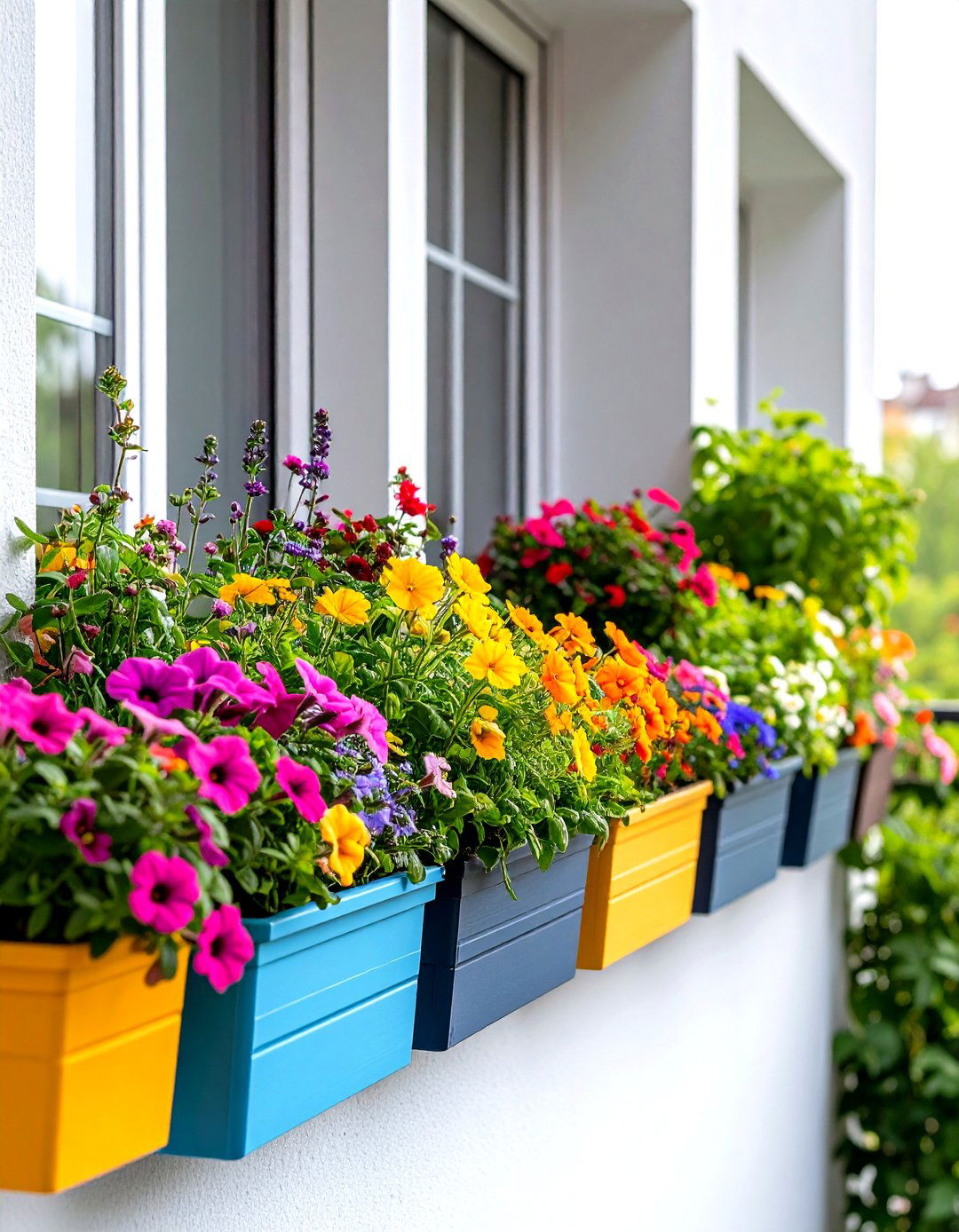
Window boxes mount directly to windowsills or railings, transforming facades into lush displays and providing easy access to plants for busy urbanites. They accommodate herbs like basil and parsley, annuals such as petunias and marigolds, or compact vegetables including lettuce and radishes. Window boxes enhance curb appeal, add color and fragrance, and act as pollinator magnets when planted with bee-friendly flowers. Proper drainage and regular watering are crucial, as shallow soils dry quickly. Using lightweight materials and self-watering inserts can ease maintenance. With creative combinations of trailing, upright, and mounding plants, window box gardens bring nature to eye level and can be tailored to any architectural style.
5. Hanging Gardens
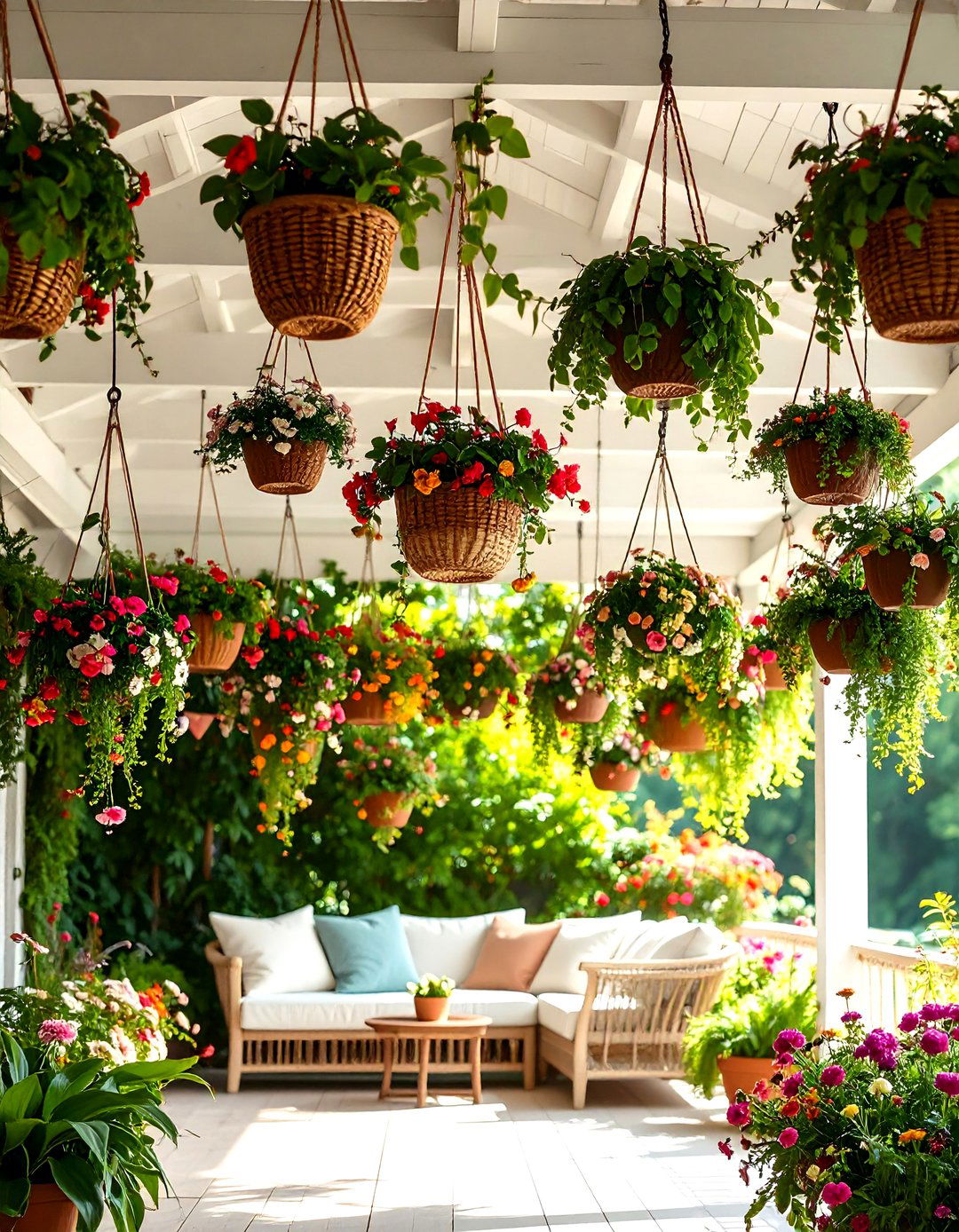
Hanging gardens employ suspended planters, baskets, or wall-mounted pockets to exploit vertical airspace, perfect for spaces without ground planting options. They are popular in apartments, patios, and urban courtyards, allowing cultivation of trailing vines, ferns, succulents, and flowering annuals. Hanging systems can be DIY—using repurposed bottles, fabric pockets, or wooden pallets—or purchased as modular living wall units. Suspended plantings improve air quality by capturing dust and pollutants, add three-dimensional greenery, and soften hardscape elements. Proper selection of shade-tolerant or drought-loving species, along with regular feeding and watering, ensures vibrant hanging displays year-round.
6. Balcony Gardens
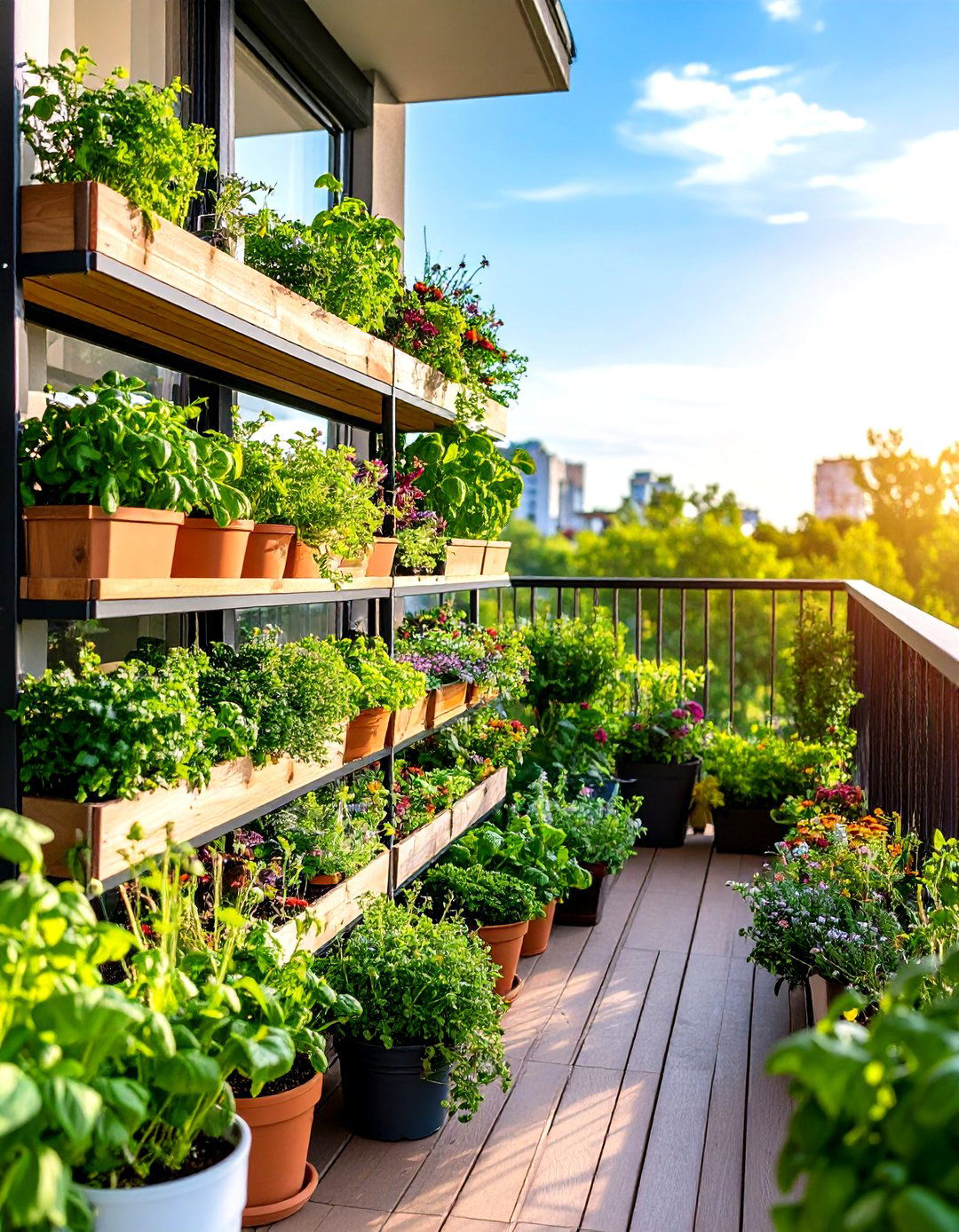
Balcony gardens transform narrow outdoor alcoves into productive and inviting retreats using multi-level shelving, railing planters, and compact furniture with integrated planters. Combining container and vertical gardening techniques, balconies can host culinary herbs, edible flowers, small vegetables, and ornamental plants. Sun-loving species go in bright corners, while shade-tolerant varieties occupy less-exposed areas. Lightweight, self-watering planters and grow bags reduce weight load, important for structural safety. Adding compact seating, foldable tables, and trellises creates multi-functional spaces for relaxation and cultivation. Balcony gardens improve mental health, provide fresh produce, and extend living areas beyond interior walls.
7. Rooftop Gardens
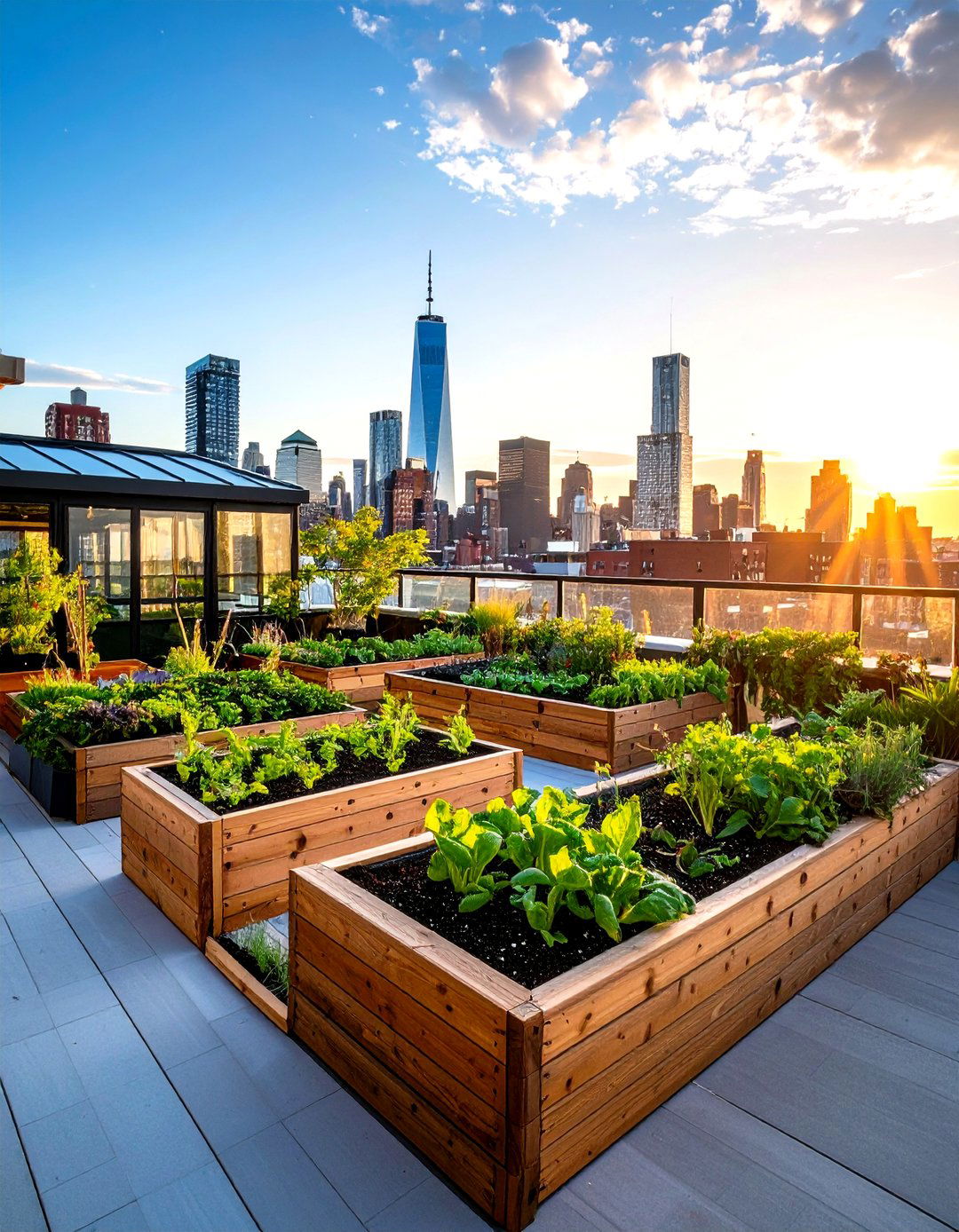
Rooftop gardens adopt roof surfaces—flat or pitched—to establish green oases that mitigate urban heat islands and manage stormwater runoff. They range from simple container setups to extensive green roof systems with engineered growing media. Rooftop farms like Lufa Farms in Montreal demonstrate commercial-scale production of vegetables and herbs using hydroponics within greenhouse structures. Rooftop gardens require structural assessment, waterproofing, and drainage planning. They offer insulation benefits, create wildlife habitats, and support recreational or educational activities. Lightweight substrates, raised planters, or modular trays enable installation on various roof types, delivering green spaces above the city skyline.
8. Microgreens Gardens

Microgreens are nutrient-dense young seedlings harvested shortly after cotyledon leaves develop, ideal for indoor windowsill setups or under grow lights. They require minimal space and grow rapidly in shallow trays filled with potting mix or hydroponic mats. Popular varieties include arugula, radish, sunflower, and pea shoots. Microgreens enrich salads, sandwiches, and smoothies with concentrated flavors, vitamins, and antioxidants. Indoor microgreen stations fit on shelves or countertops, making them accessible to apartment dwellers. Regular harvesting encourages continuous production, and their quick turnaround—often within two weeks—provides a steady supply of fresh greens year-round.
9. Hydroponic Systems
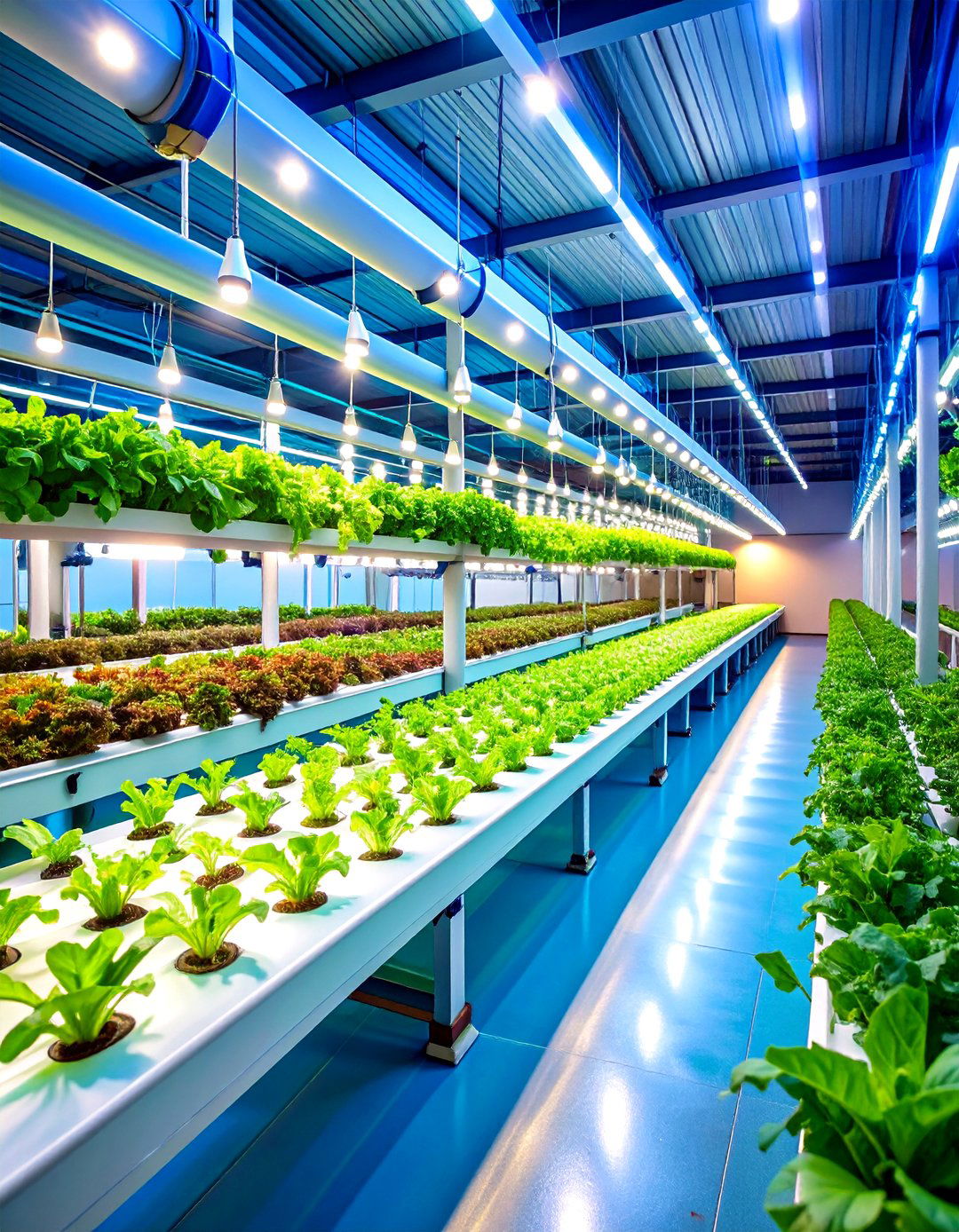
Hydroponics grows plants in nutrient-rich water solutions without soil, using methods like ebb-and-flow, deep water culture, NFT channels, or vertical towers. DIY setups can employ Styrofoam boxes, PVC pipes, or repurposed containers, while commercial kits offer turnkey solutions with pumps and grow lights. Hydroponic systems optimize resource use, reduce water consumption by up to 90%, and enable high-density planting in compact footprints. Leafy greens, herbs, and certain fruiting crops thrive hydroponically. These systems suit indoor, balcony, or rooftop installations, providing year-round, clean, and pesticide-free produce. Monitoring pH and nutrient levels ensures optimal growth.
10. Aquaponic Gardens
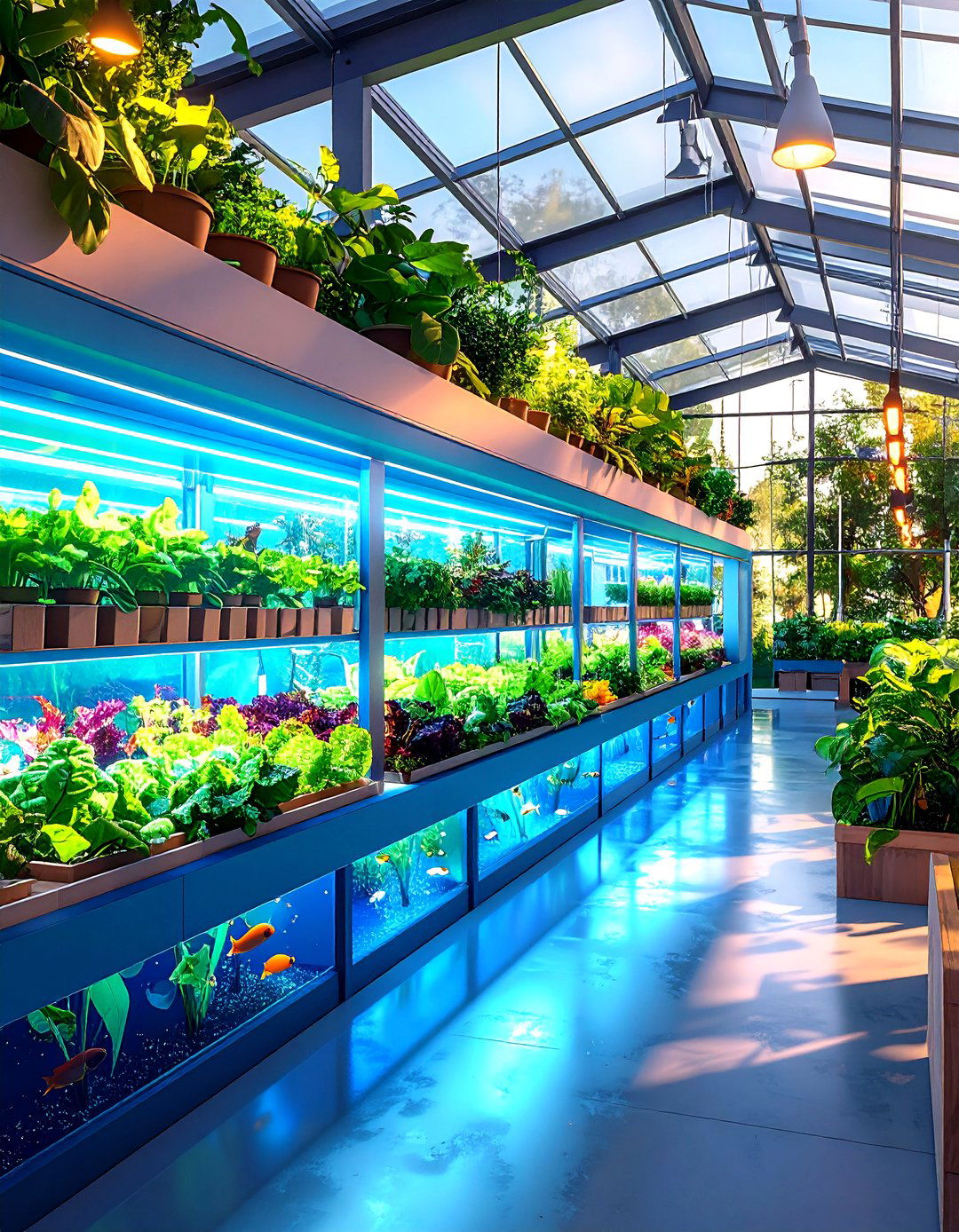
Aquaponics integrates aquaculture and hydroponics into a closed-loop ecosystem where fish waste supplies nutrients for plants, which in turn filter water for the fish. Small-scale aquaponic units can fit patios, balconies, or indoor spaces, using a fish tank connected to grow beds. Tilapia, goldfish, or koi are common fish choices, while leafy greens, herbs, and small fruiting plants flourish in flood-and-drain or raft systems. Aquaponics conserves water, minimizes fertilizer use, and offers dual yields of fish and vegetables. It educates on ecological relationships and can be scaled from countertop kits to rooftop farms.
11. Indoor Urban Gardens
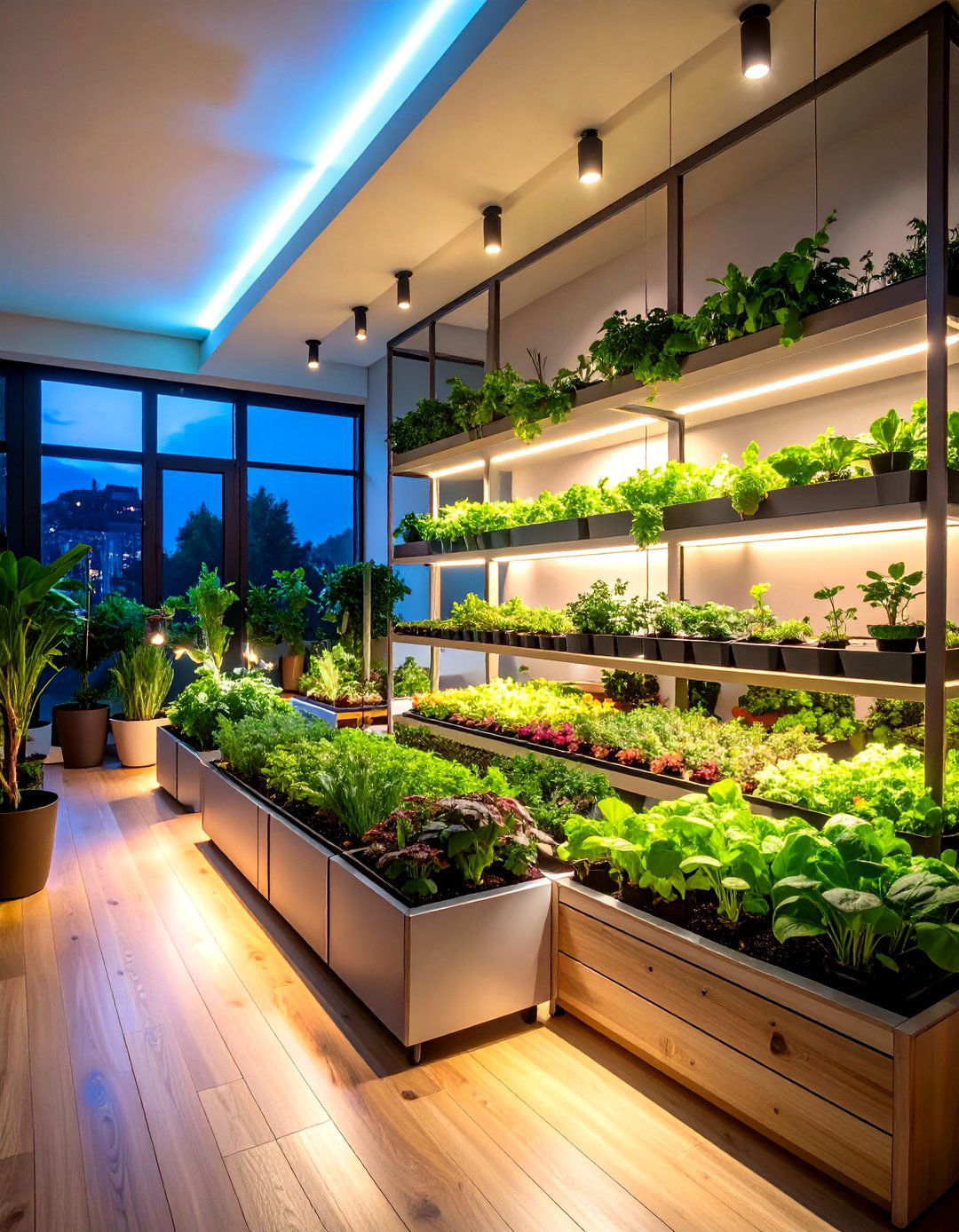
Indoor urban gardens bring greenery inside through grow lights, windowsill planters, and compact hydroponic or aeroponic units, enabling plant growth without outdoor spaces. Techniques include terrarium-style setups, living wall panels, countertop herb stations, and small greenhouse cabinets. Light intensity, humidity, and air circulation are managed with LED fixtures and small fans. Indoor gardens allow year-round cultivation of herbs, salad greens, ornamental plants, and microgreens. Automated watering systems and smart sensors simplify care for busy apartment dwellers. Indoor greenery enhances air quality, reduces stress, and connects people to nature regardless of location.
12. Mobile & Rolling Planters
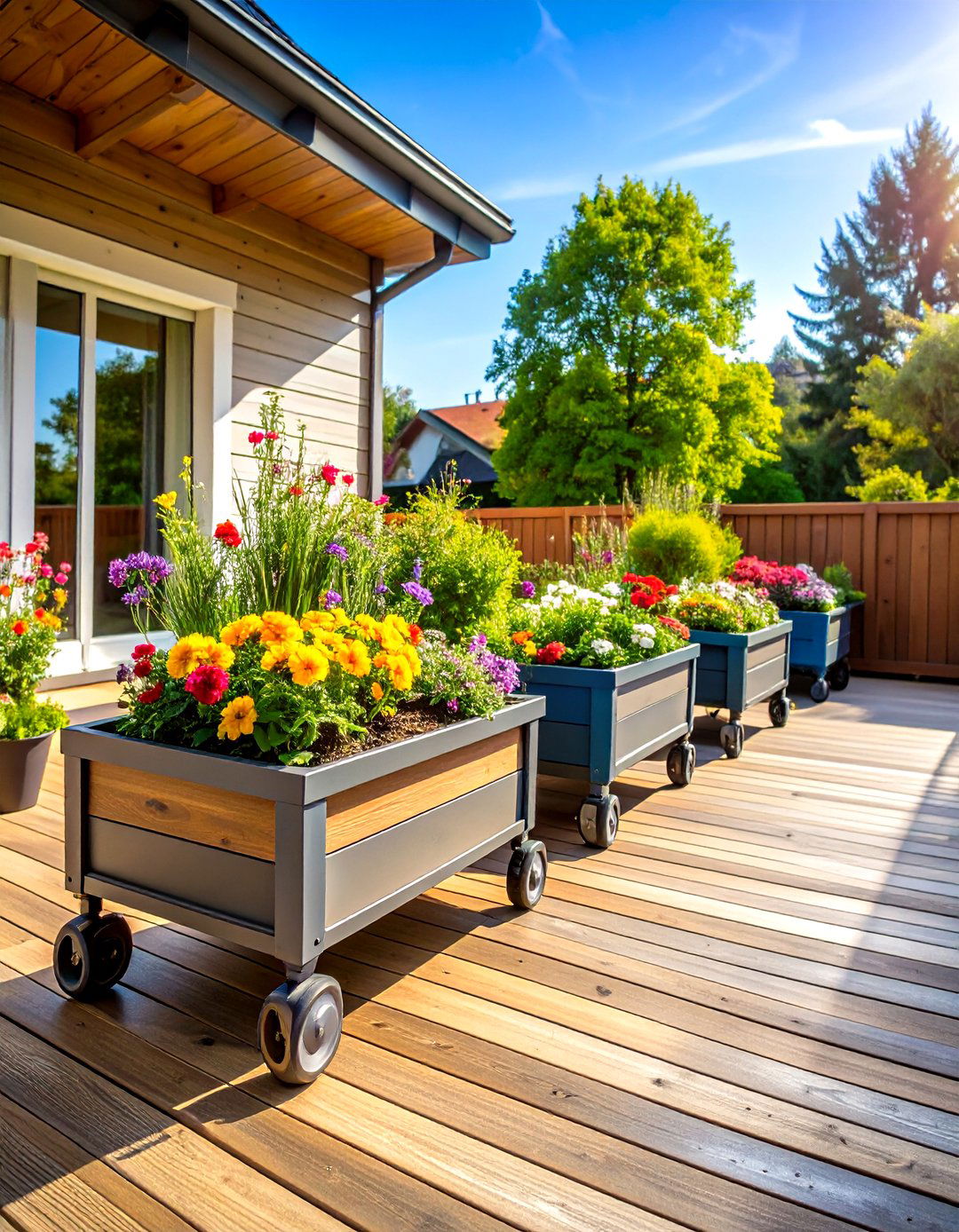
Mobile planters equipped with wheels or casters offer flexibility to reposition plants based on sunlight, weather, or design changes. Rolling elevated planter boxes, plant caddies, and modular planter systems allow users to chase the sun or shelter sensitive crops during heatwaves. They work well on patios, decks, and balconies, reducing the need for heavy lifting and enabling seasonal adjustments. Mobile planters come in various sizes and materials—wood, metal, vinyl—and often feature self-watering reservoirs. Their mobility enhances versatility, particularly in rental properties or multipurpose outdoor spaces.
13. Herb Spiral Gardens
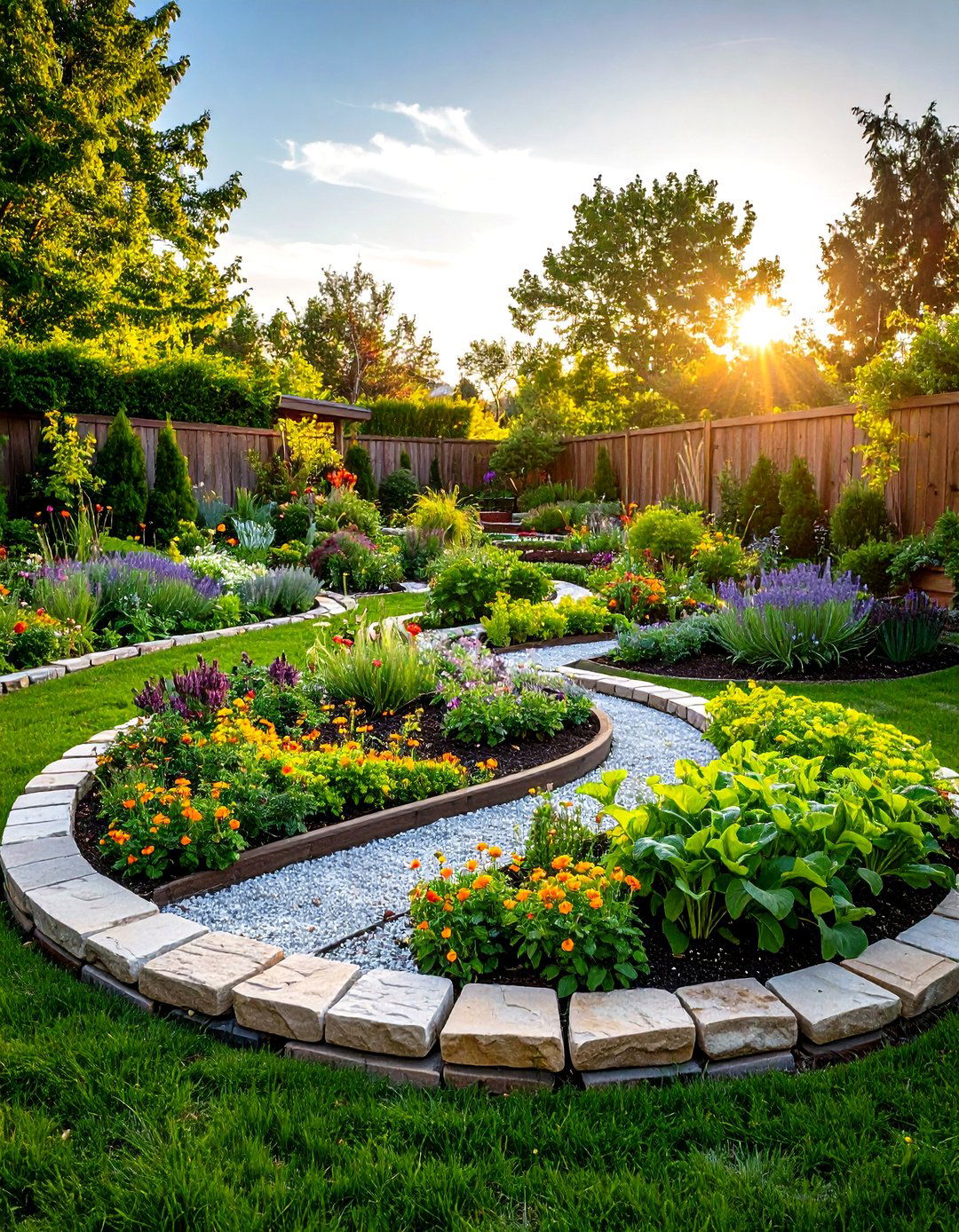
Herb spirals are permaculture-inspired structures built in a spiral mound, creating microclimates that vary from dry, sun-exposed tops to moist, shaded bases. A typical spiral uses stones or bricks to form a rising wall, with soil layers backfilled inside. Plant selection follows the gradient: Mediterranean herbs like rosemary and thyme at higher, drier levels, and moisture-loving species like mint and parsley at the bottom. Herb spirals maximize planting density, facilitate companion planting, and offer easy access from the outside edge. They require minimal footprint yet yield diverse culinary and medicinal herbs.
14. Edible Landscaping (Foodscaping)
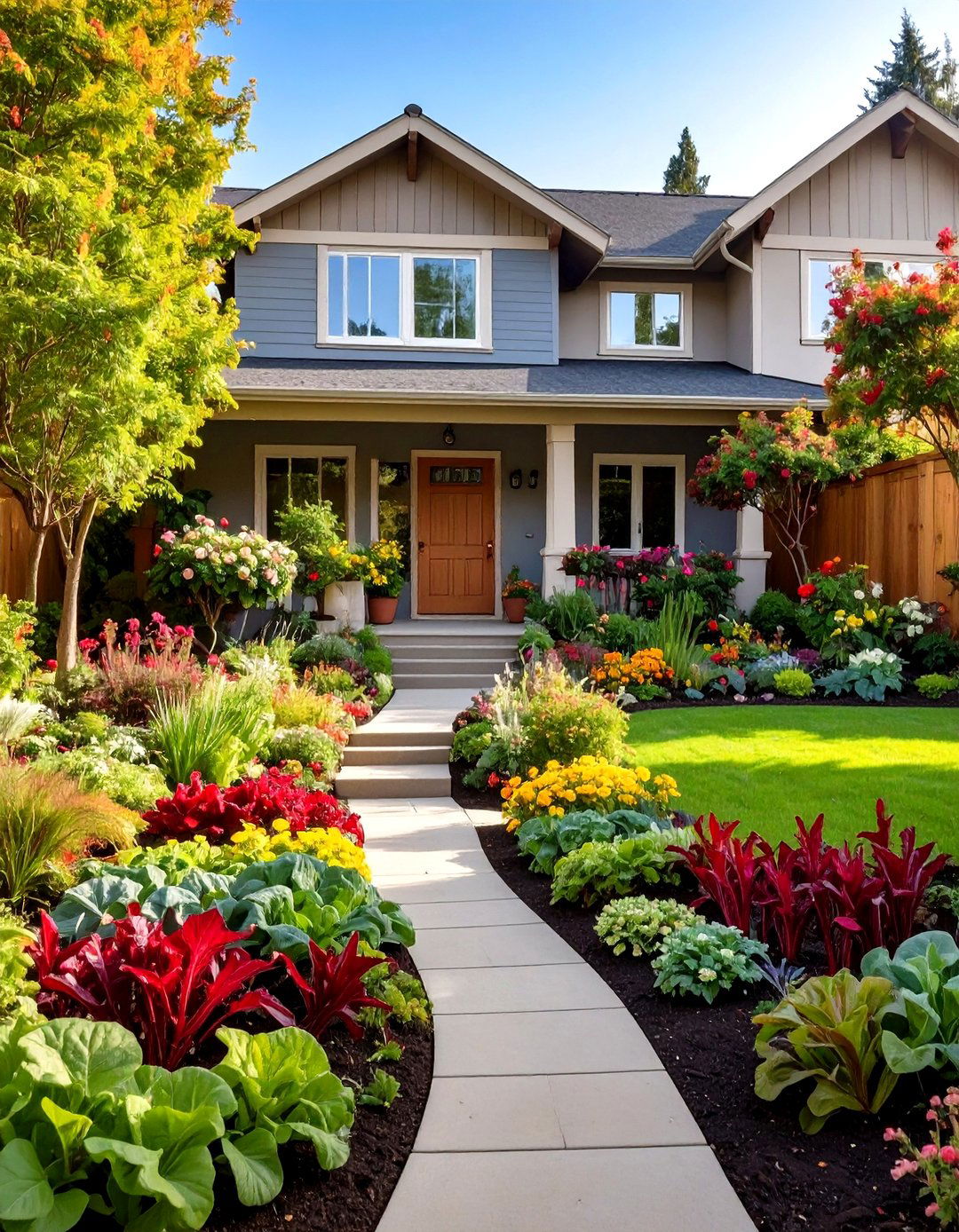
Edible landscaping integrates ornamental and edible plants, replacing purely decorative species with vegetables, fruit trees, herbs, and edible flowers to create visually appealing and productive landscapes. Techniques include interplanting colorful Swiss chard and kale among flowers, using berry bushes as hedges, and designing ornamental beds that double as salad bars. Foodscaping promotes sustainable urban food production, reduces grocery dependency, and enhances biodiversity. Incorporating edibles into front-yard plantings or container displays blurs the line between garden and kitchen, turning everyday landscapes into functional food sources.
15. Community & Guerrilla Gardens

Community gardens allocate shared land plots for collective cultivation, fostering social connections and food security, while guerrilla gardens reclaim neglected urban spaces without formal permission. Community garden initiatives often arise through municipal programs or neighborhood associations, providing access to tools, compost, and education. Guerrilla gardening activists plant flowers, vegetables, and native species in vacant lots or along streets, raising awareness of urban greening. Both models empower residents, enhance local ecosystems, and can transform blighted areas into vibrant green spaces that benefit mental and physical health.
16. Green Walls (Vertical Ecosystems)
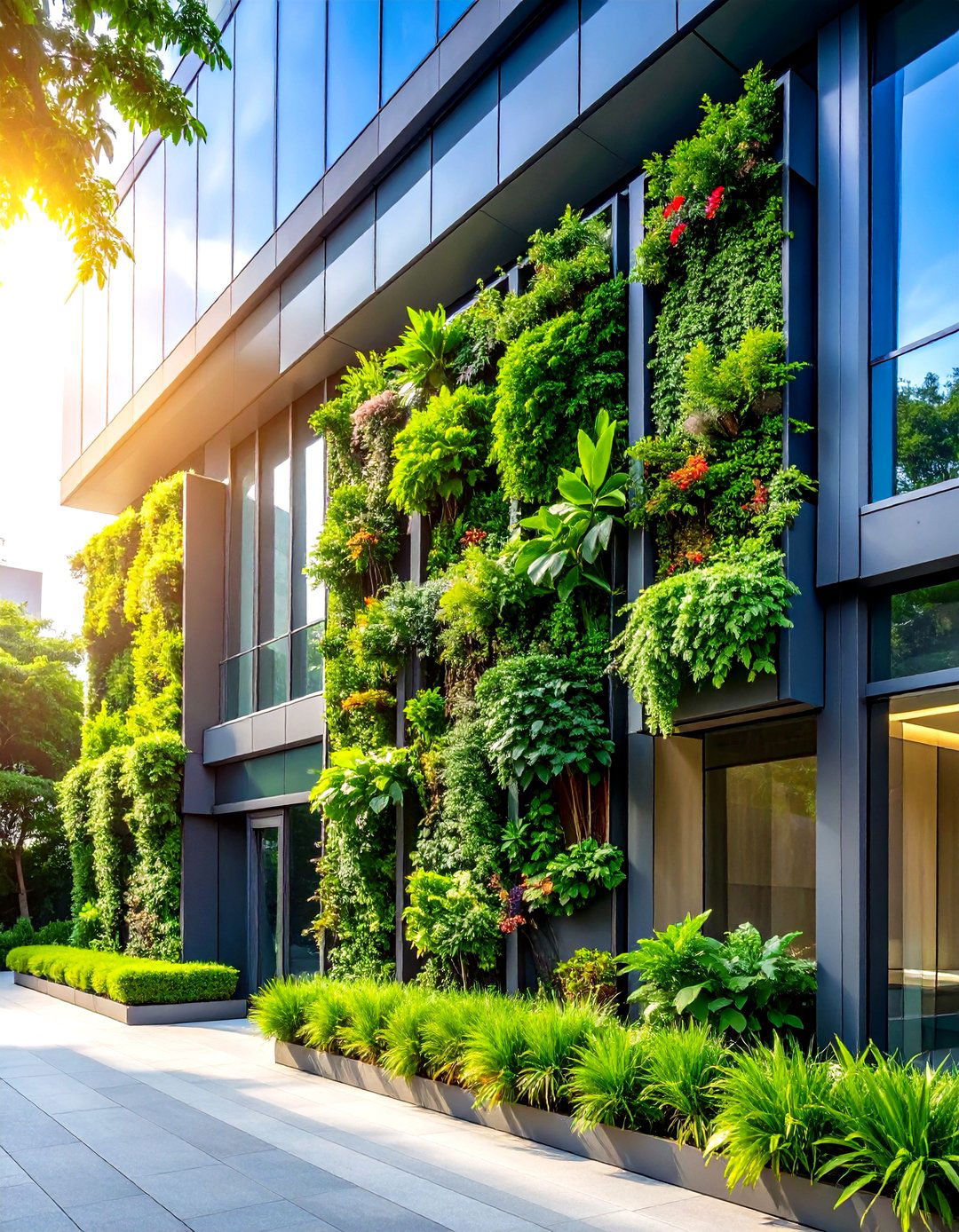
Green walls—also called living walls or vertical ecosystems—use modular panels, felt pockets, or hydroponic systems to grow plants up vertical surfaces. They enhance building insulation, purify air, and create striking architectural features. Vertical ecosystems may incorporate bacteria and fungi alongside plants to mimic natural ecological interactions. Suitable for both interior and exterior walls, these installations require engineered irrigation, drainage, and lightweight substrates. Green walls host ferns, pothos, bromeliads, and other shade-tolerant species, turning blank walls into dynamic, self-sustaining living artworks.
17. Succulent & Cactus Gardens
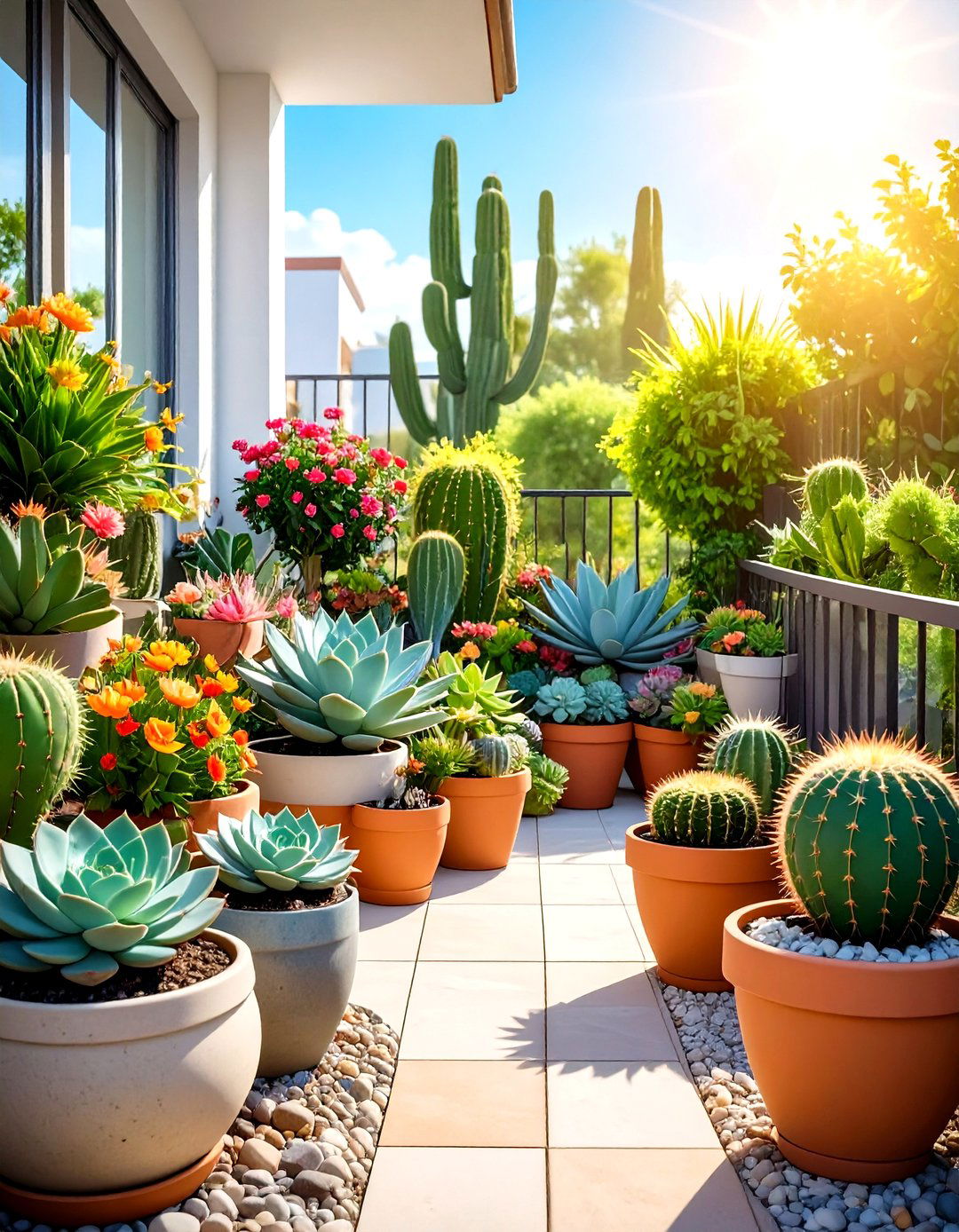
Succulent and cactus gardens thrive in bright, drought-prone urban settings, requiring well-draining soil, infrequent watering, and minimal maintenance. Succulents like echeverias, hens-and-chicks, and sedums, along with columnar or barrel cacti, create textural contrast. Arrangements can be planted in containers, troughs, or rock-filled beds on balconies or rooftops. Succulent walls and fairy gardens incorporate mixed species with decorative stones, driftwood, or terracotta accents. These low-care gardens endure heat, tolerate neglect, and add sculptural form to urban landscapes.
18. Fairy & Miniature Gardens
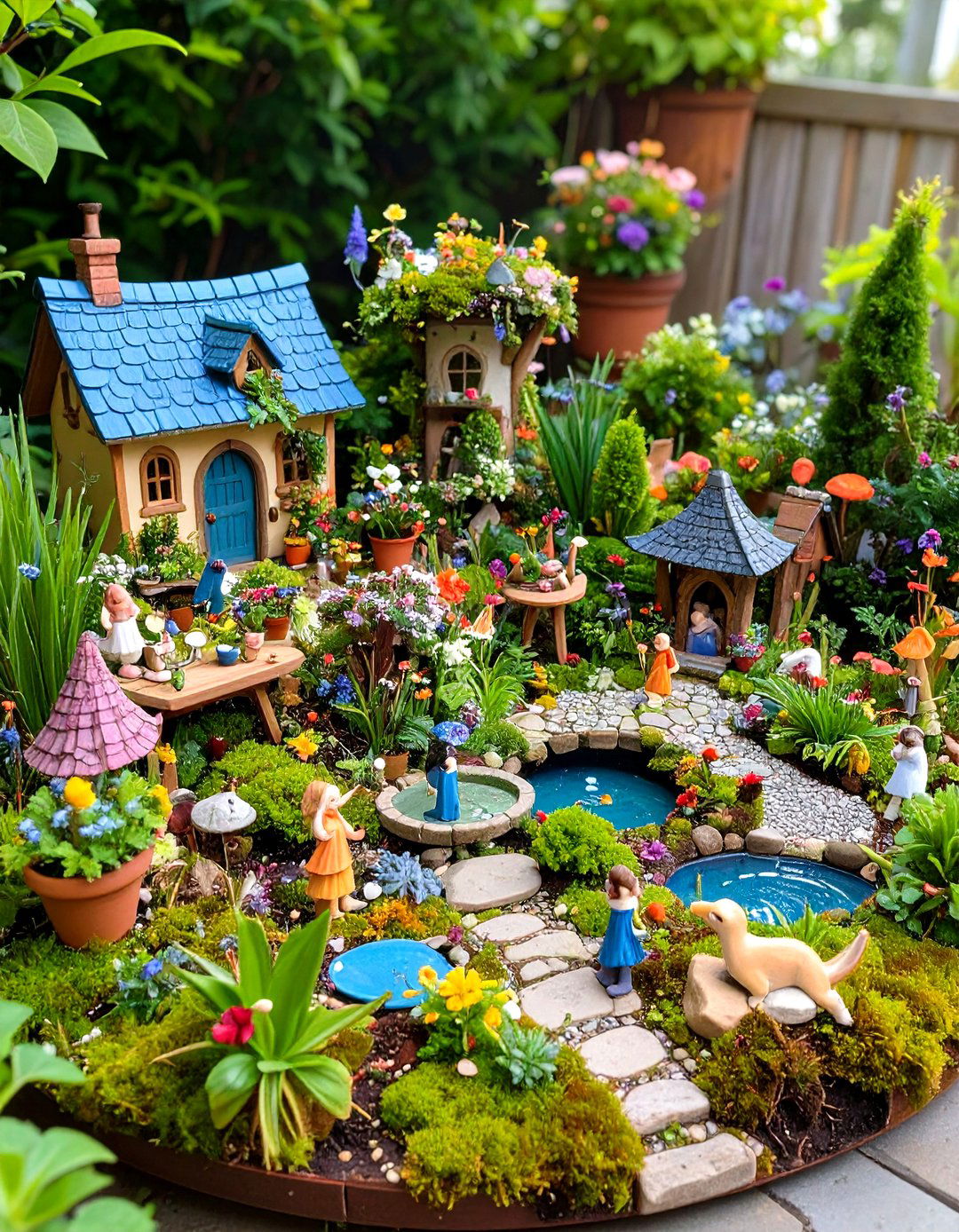
Fairy gardens craft enchanting miniature landscapes with tiny plants, figurines, and scaled-down accessories, offering a whimsical retreat in containers, patio corners, or garden beds. Essential elements include small-scale ground covers like Baby Tears, miniature ferns, and dwarfed perennials, along with fairy houses, pathways, and benches. Fairy garden projects encourage creativity, providing therapeutic benefits through imaginative play and hands-on design. They suit indoor or outdoor settings, connecting gardeners of all ages to nature and storytelling while utilizing compact spaces for delightful micro-environments.
19. Upside-Down Gardening
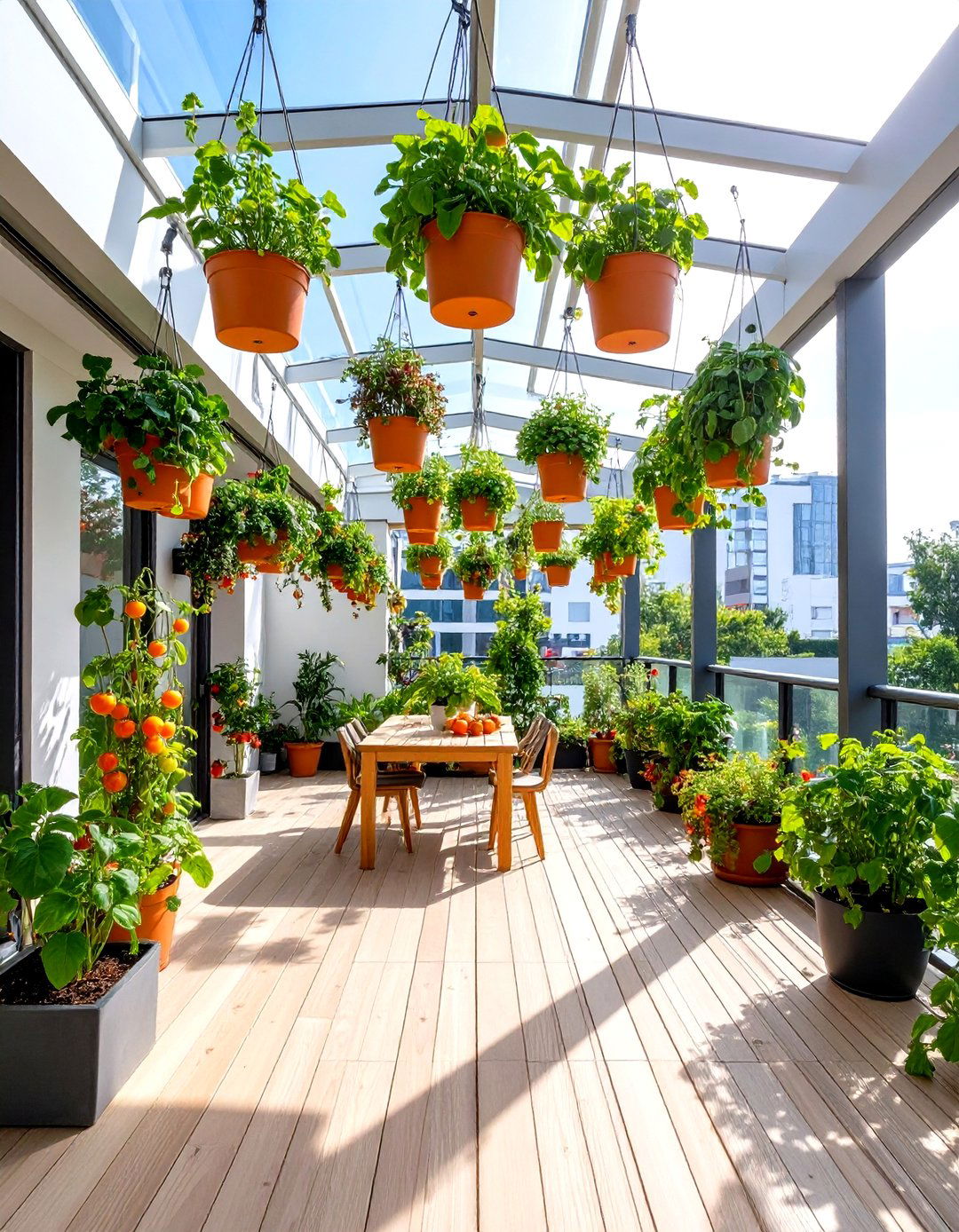
Upside-down gardening suspends plants, especially tomatoes and peppers, from containers hung above ground, eliminating the need for staking, weeding, and bending. Plants grow downward through openings, reducing pest exposure and improving air circulation. Suitable varieties include compact cherry tomatoes, peppers, and certain flowering vines. This technique conserves space, ideal for balconies or limited patios. Suspended planters can be DIY-crafted from buckets or specialized upside-down planters. Regular feeding and watering are crucial, as plants rely entirely on contained soil and root zone for nutrients and hydration.
20. Pocket Gardens & Fill-the-Gap Planting

Pocket gardens develop small, underutilized nooks—bare corners, slope bases, fence edges—into vibrant micro-plantings that enhance biodiversity and visual interest. These mini-gardens can host flowers, herbs, succulents, or pollinator-friendly species, fitting into 1–4 square foot pockets. By filling gaps, pocket gardens create continuous green corridors, attract beneficial insects, and soften hardscape transitions. They require minimal resources and can be installed near entrances, along walkways, or in community spaces. Pocket garden design emphasizes native and adaptive plants, supporting urban wildlife while beautifying neglected spots.
Conclusion:
Urban gardening offers a wealth of creative solutions to transform even the smallest spaces into productive and beautiful green havens. From versatile container and raised-bed gardens to high-tech hydroponic and aquaponic systems, each technique adapts to unique constraints—balconies, rooftops, walls, or indoors—to maximize yield and aesthetic appeal. Complementary approaches like herb spirals, edible landscaping, and pocket gardens enhance functionality and biodiversity, while mobile planters and living walls provide dynamic flexibility. Whether cultivating microgreens on a windowsill or establishing a community plot, these 20 ideas empower urban residents to reconnect with nature, foster sustainability, and enrich city life through accessible, innovative gardening.



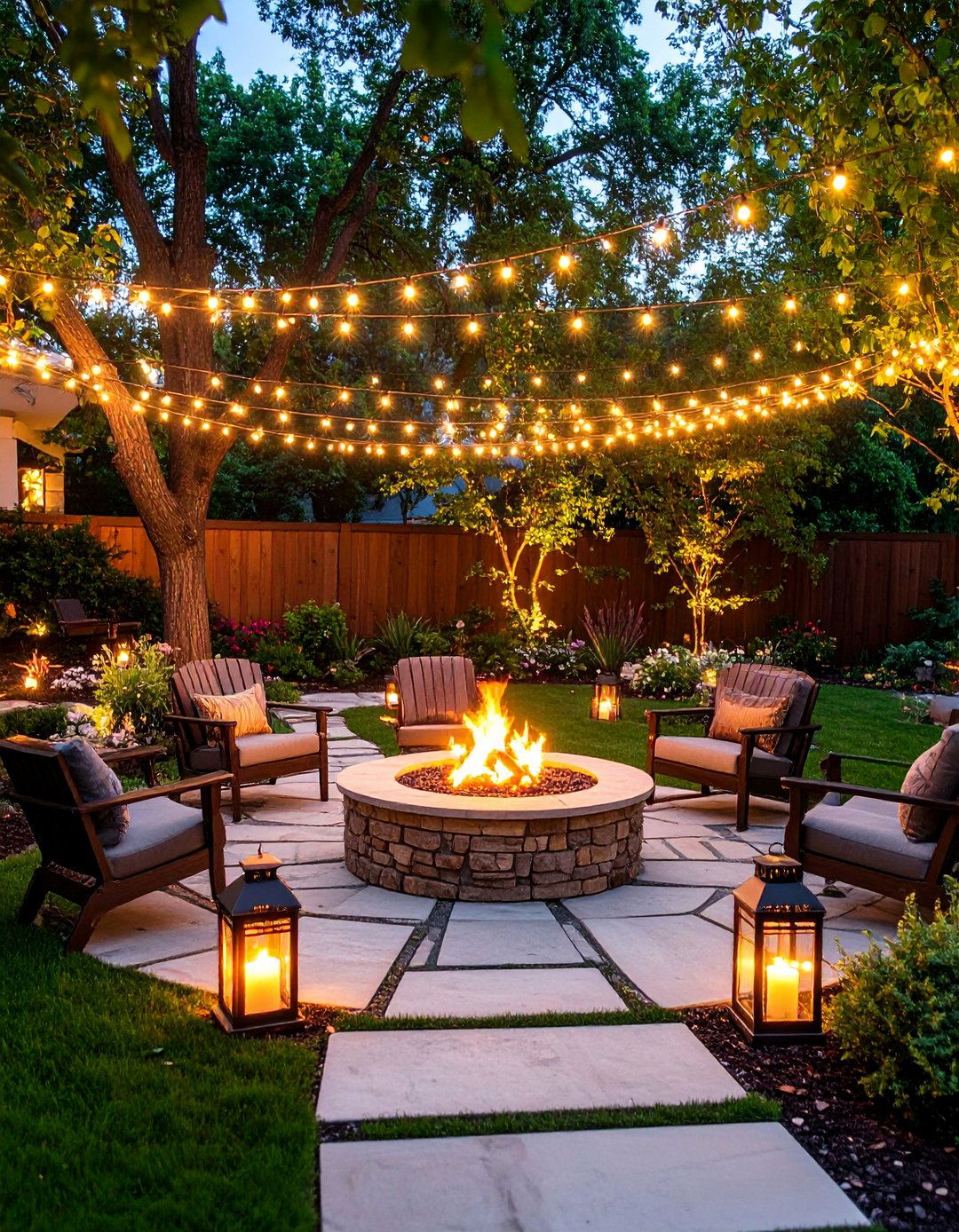
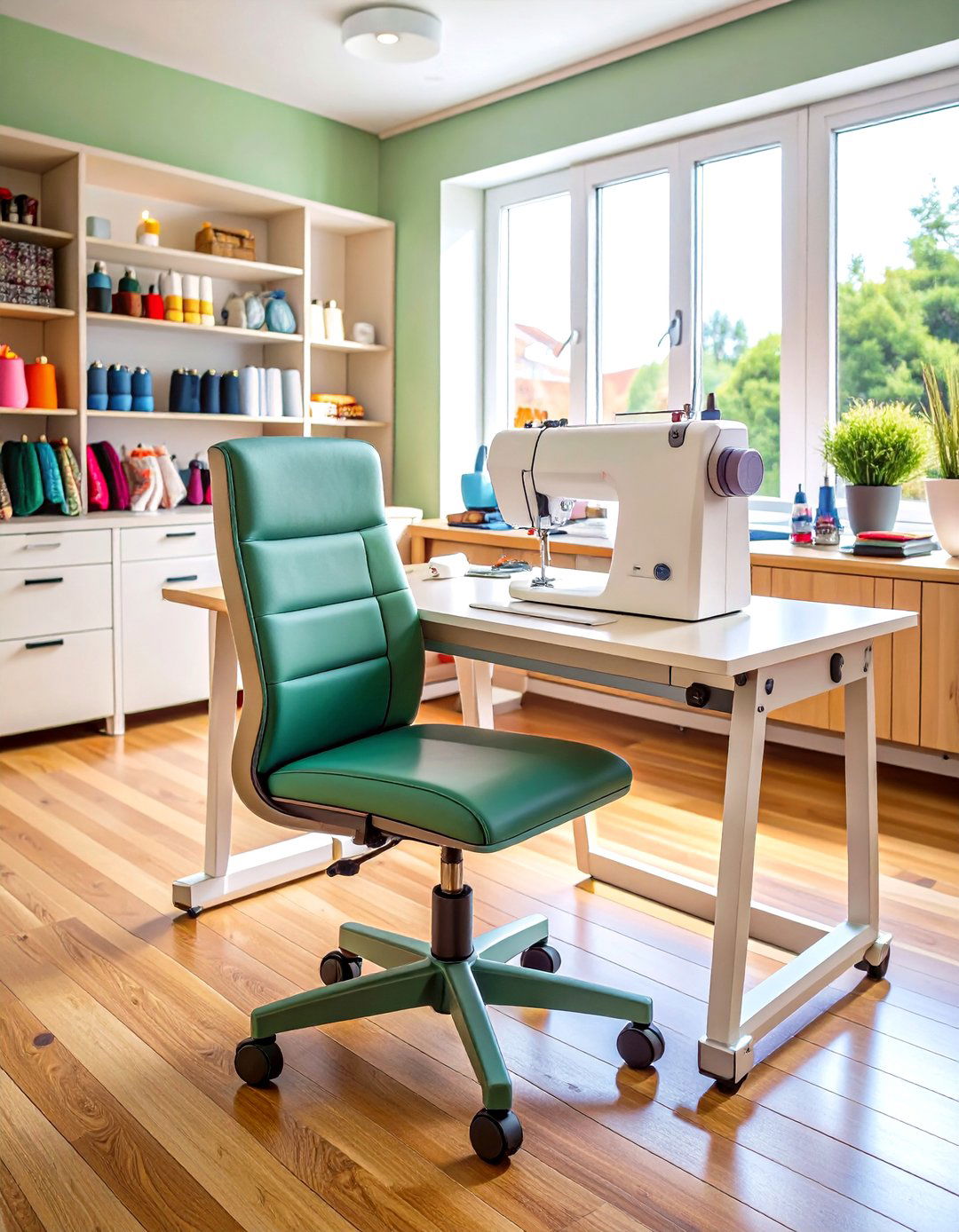


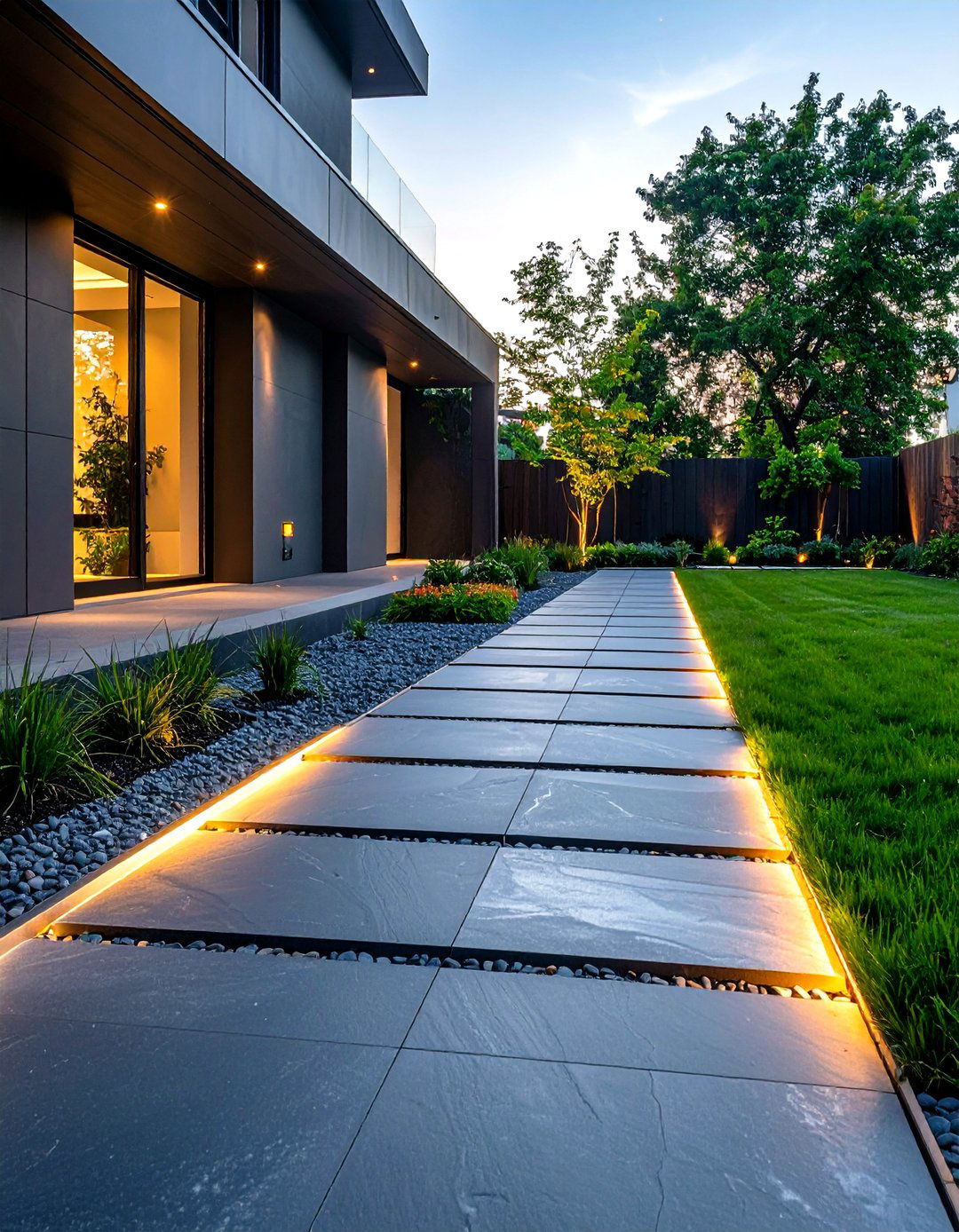
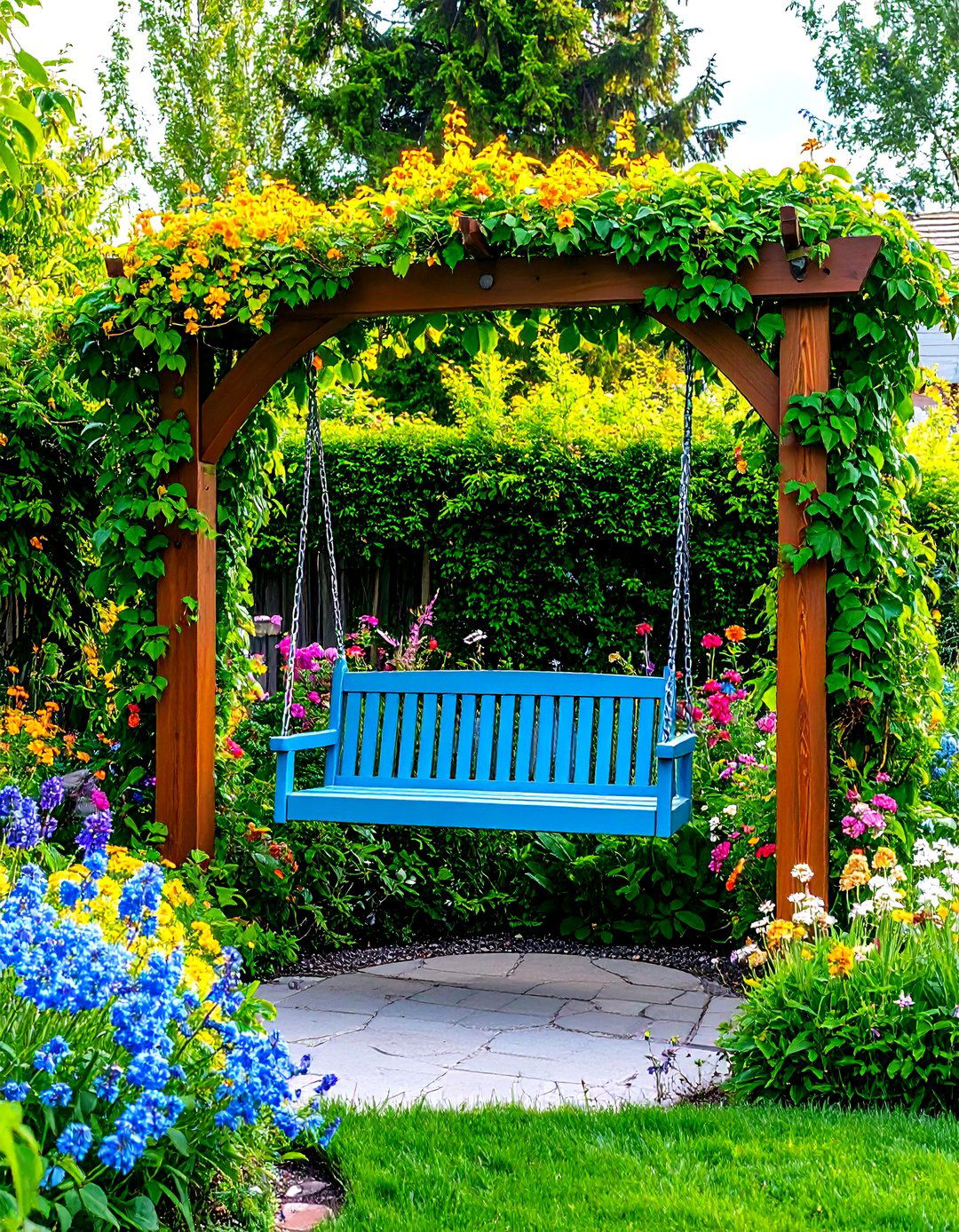
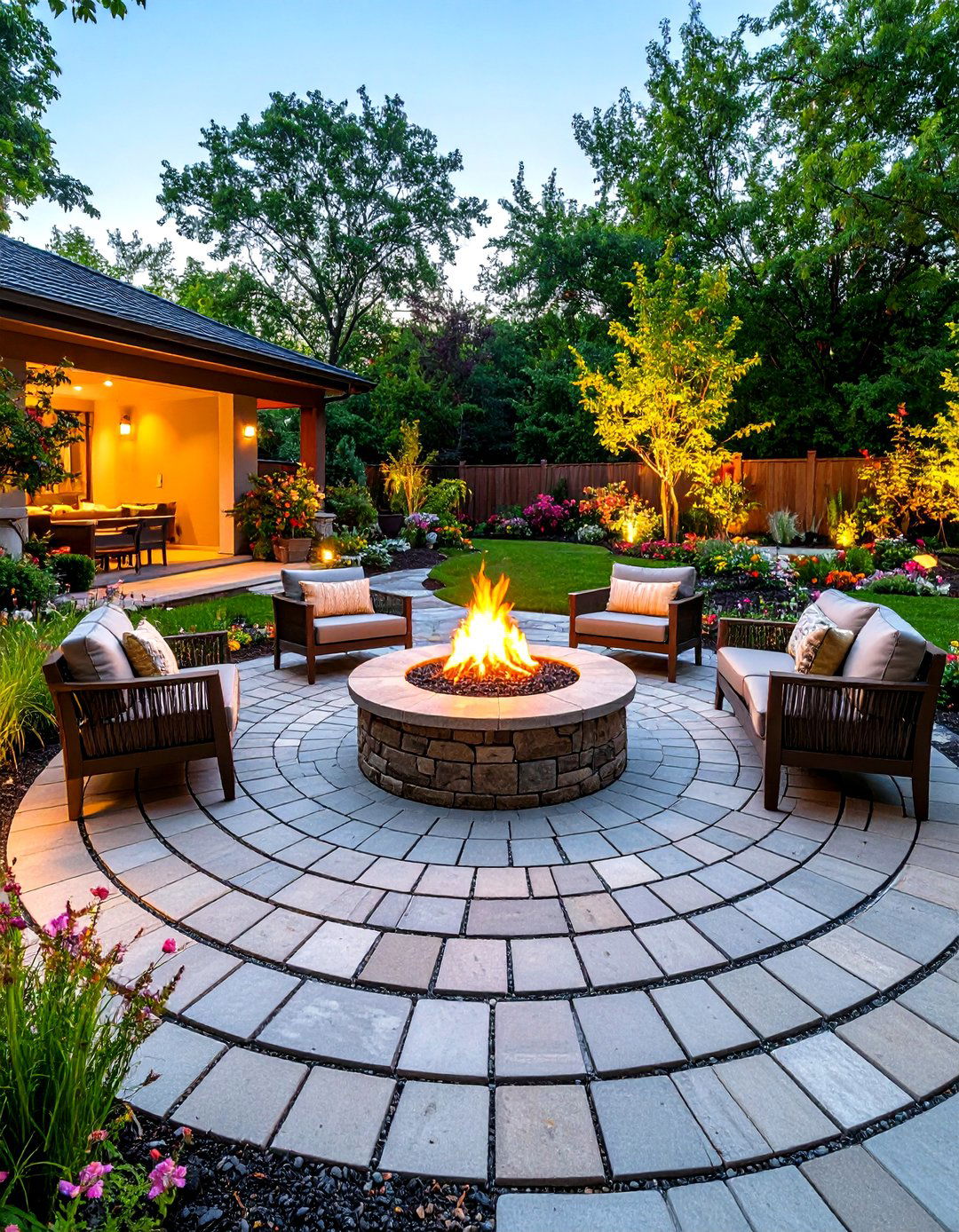
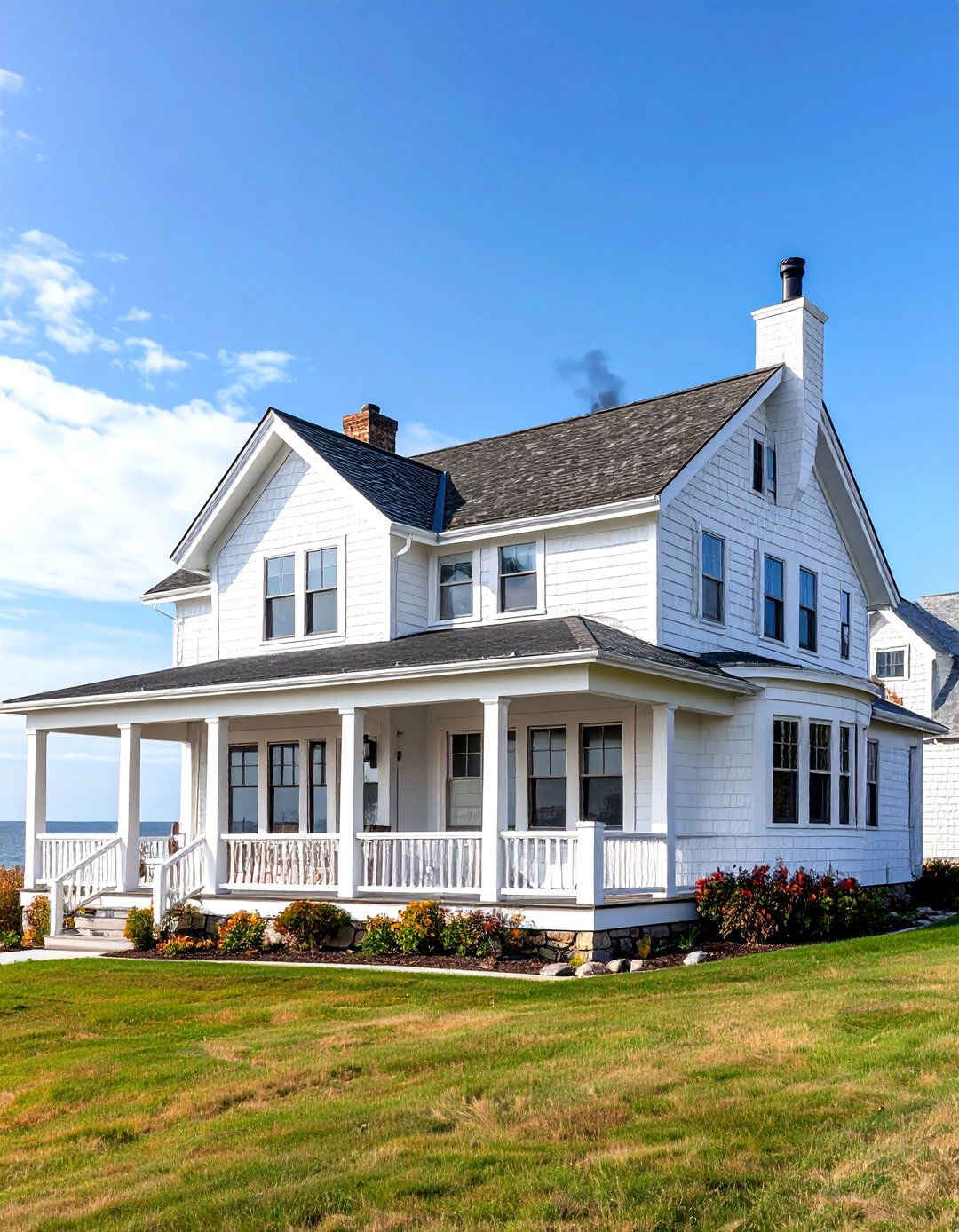
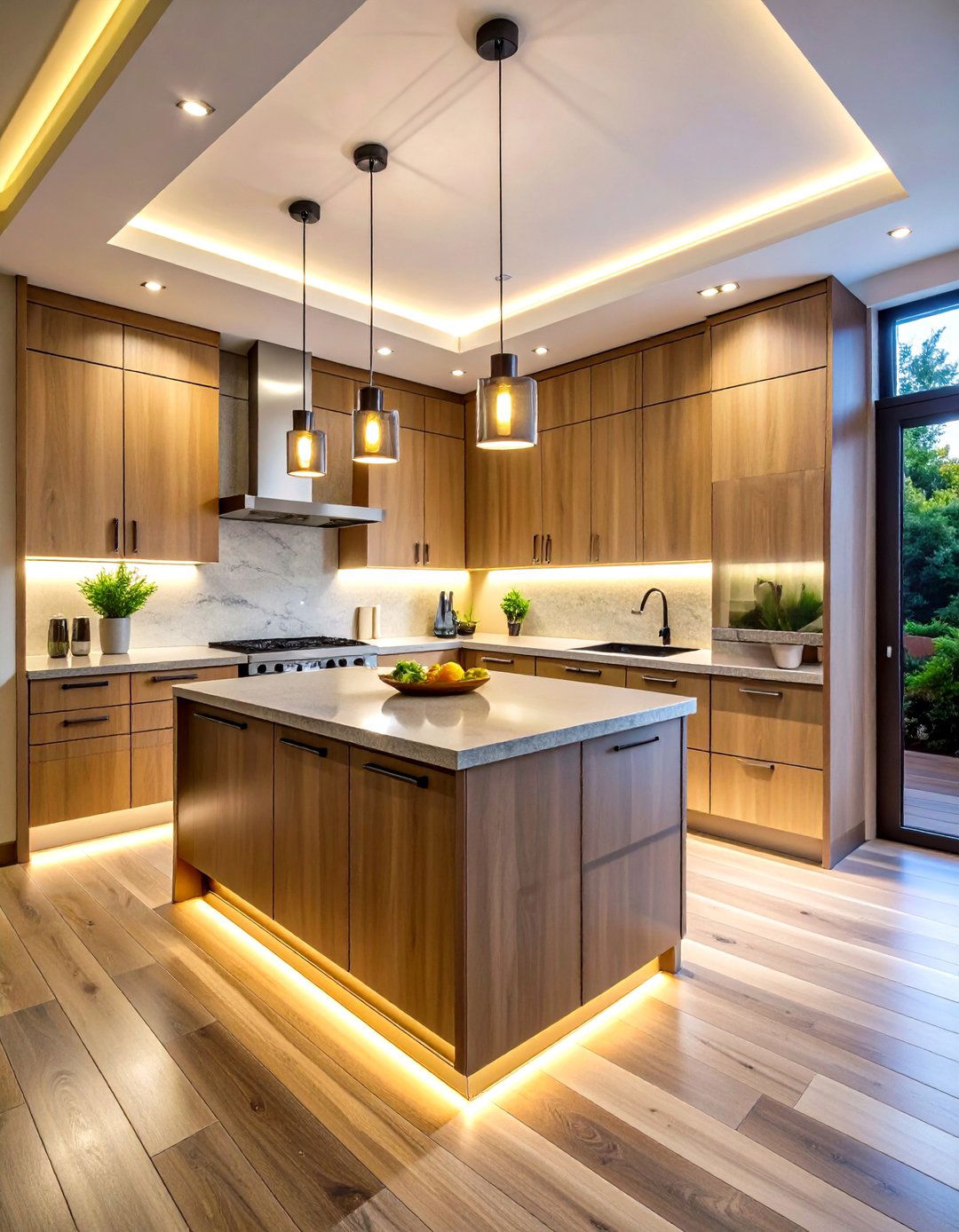
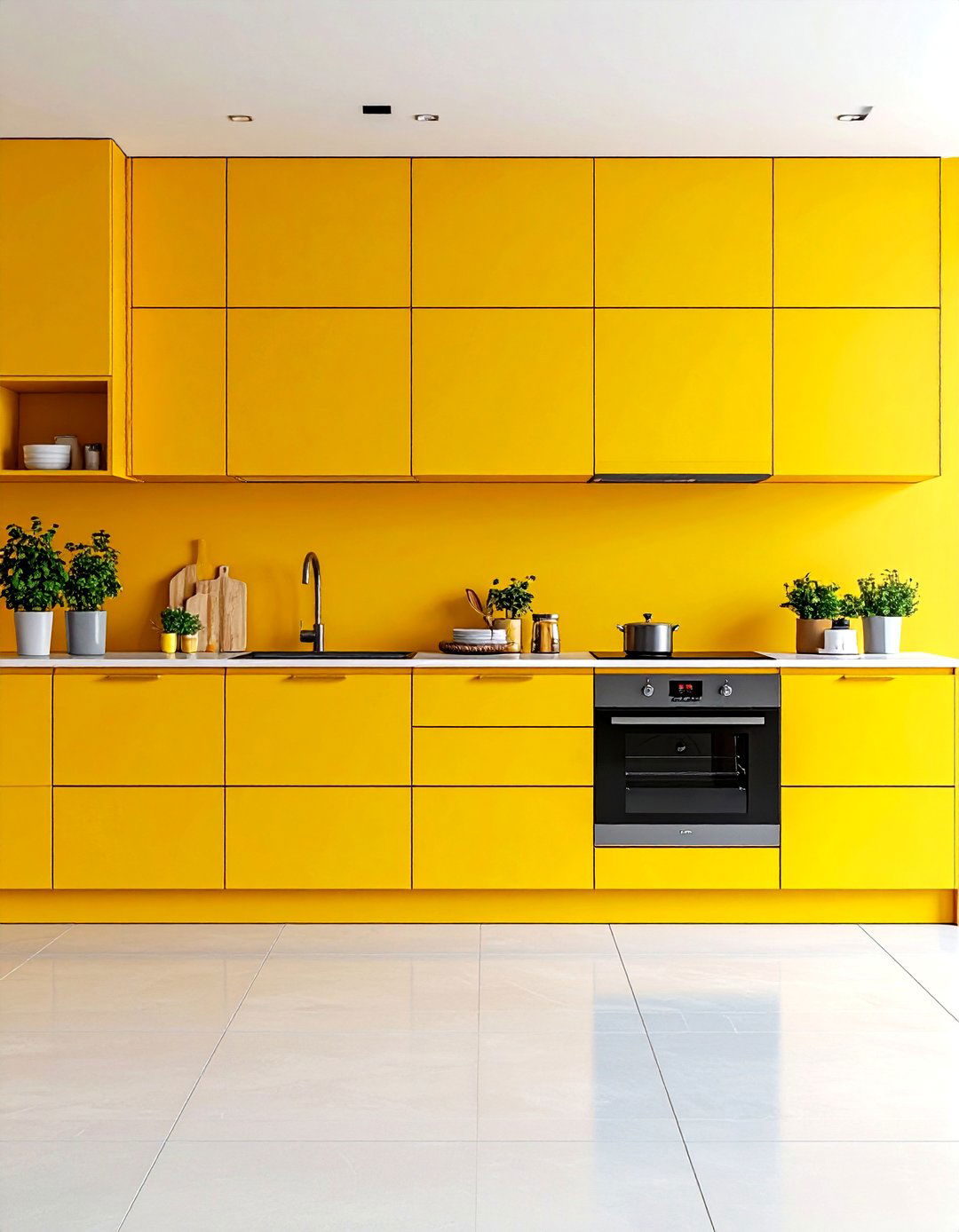

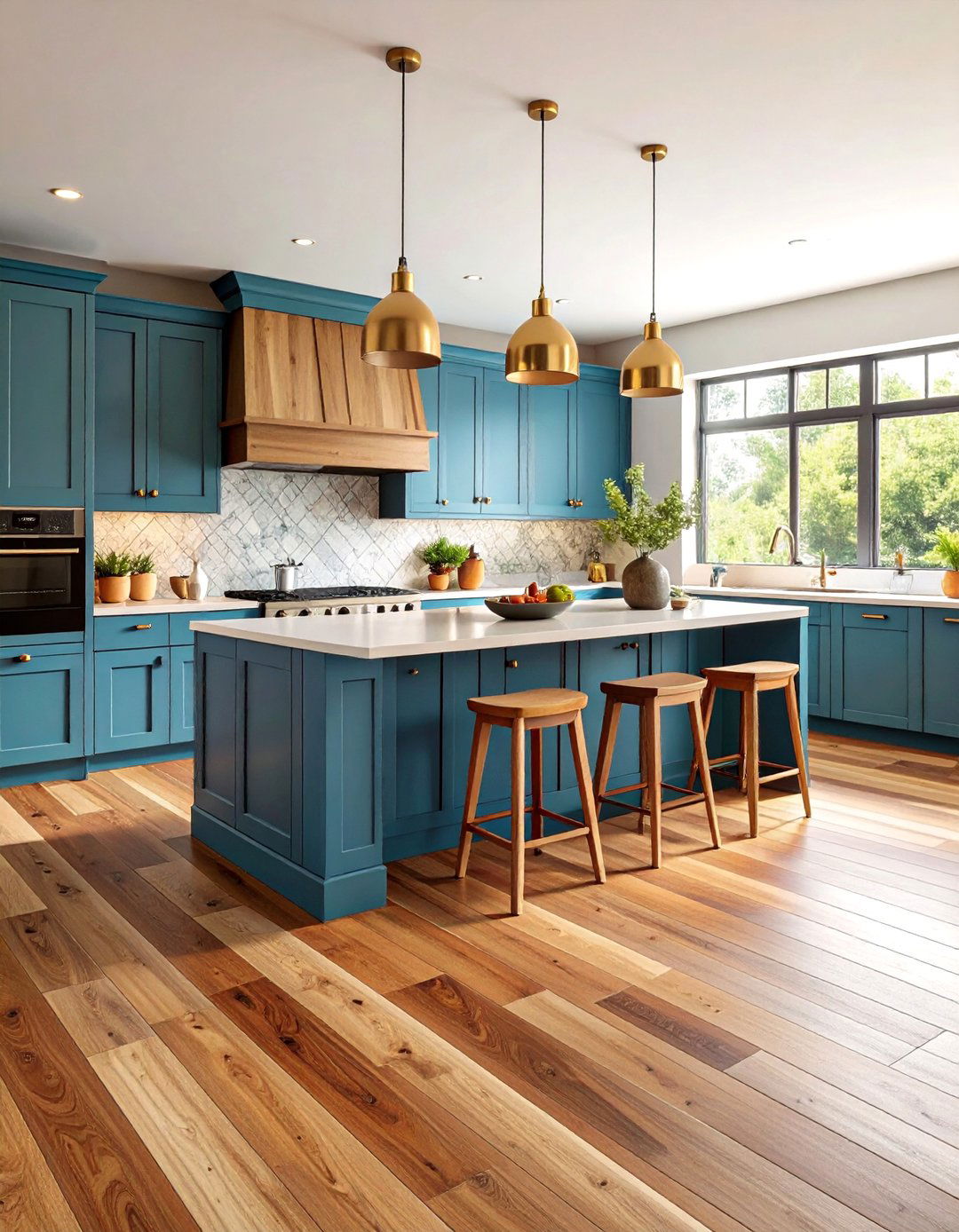
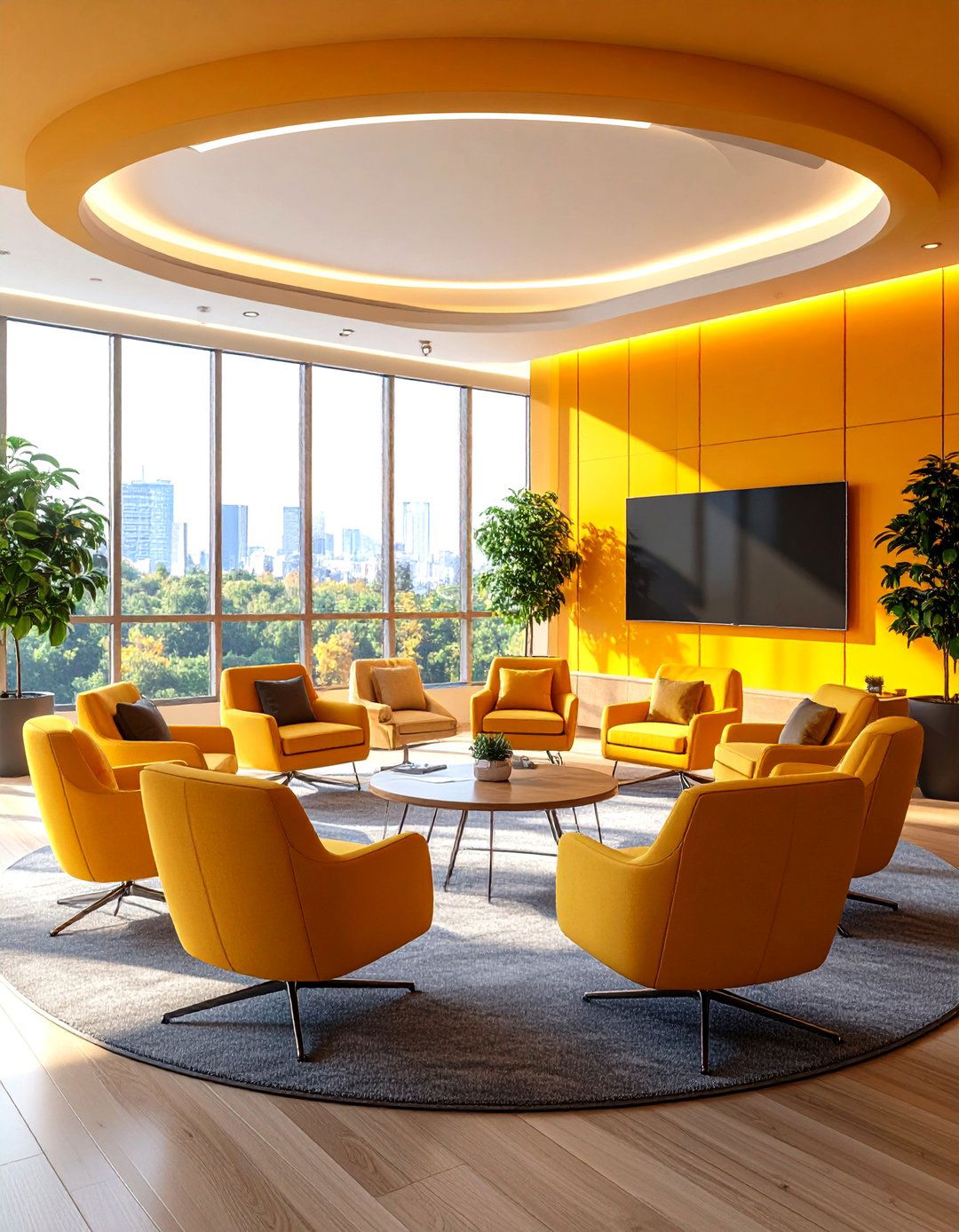
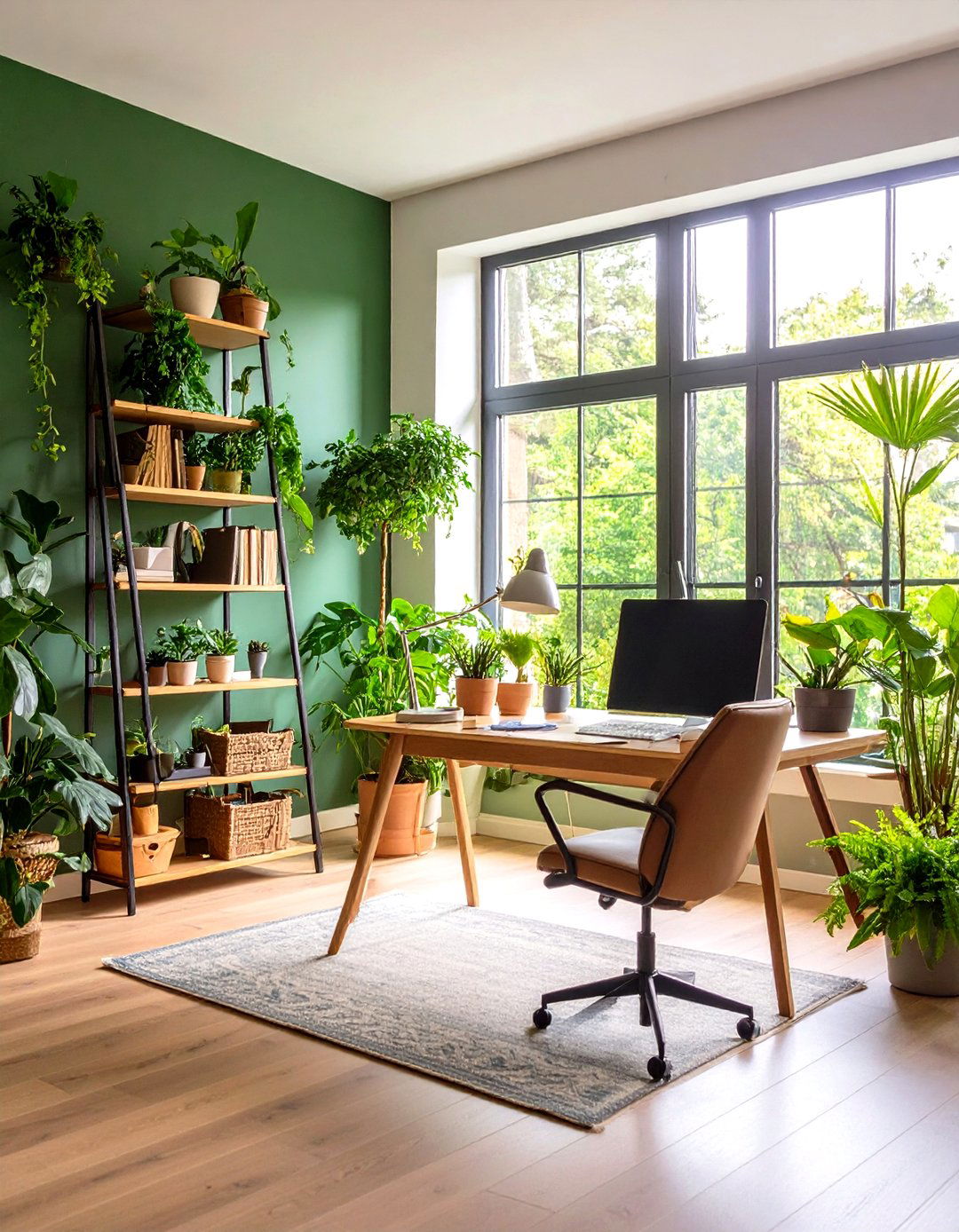
Leave a Reply